Once upon a time, we realized that Sirens attendees were looking for a different kind of bookstore. A bookstore that didn’t just stock commercial bestsellers or the same list of ten fantasy “classics” written by dead white cisgender men, but one that highlighted the luminous literature of our conference: the women, nonbinary, and trans authors publishing brilliant books in the fantasy and speculative space. Books written by and featuring people of all races, ethnicities, gender identities, sexual orientations, abilities, religions, ages, and bodies. These would be the books found in prime placement on tables, face-out at eye level on bookshelves, or enthusiastically recommended in a book talk. Books in which our voraciously well-read community could discover something new, something surprising, something personal.
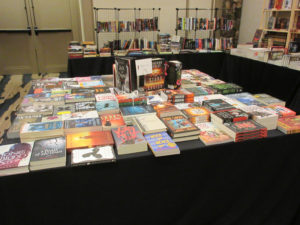
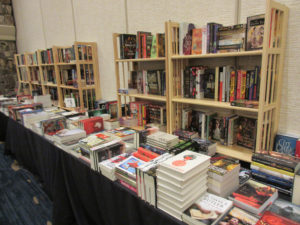
Those who have attended our conference know our bookstore is a once-a-year pop-up that takes a few folks on our bookstore team a year to exhaustively research and our entire on-site conference staff a half day to lovingly unpack and arrange. Each year since 2012, it has grown in size, to over two thousand titles lining the shelves and tables in our community room, where conference attendees can browse and purchase as many books as they desire. And because we cannot gather safely in person in 2020, we’re offering a unique look behind the scenes as part of Sirens at Home: a peek into our data for bookstore sourcing for the past five years.
Why tracking this is important
Each year, in order to accurately and broadly stock our pop-up bookstore with books by women, nonbinary, and trans authors, we spend countless hours prowling through catalogs, new book lists, publisher websites, social media, and bookstores. We attempt to track and identify authors who identify as LGBTQIAP+ and authors who identify as BIPOC to ensure that our lists are inclusive as possible. We showcase some of this work in our annual suggested reading list and reading challenge, our monthly new release book lists, as well as specially curated lists by affinity or identity, like our list of 150 queer speculative works, 50 brilliant speculative works by Black authors, and 50 Latinx authors and books to celebrate Latinx Heritage Month.
We’ve prided ourselves on knowing exactly what is being published in this space, and when, and by whom. Over the years, we’ve realized that our efforts are singular; we don’t see anyone else tracking this kind of data so we’ve had to do it ourselves. The data presented below begins with 2016, the first year we had meaningful complete data to draw conclusions from.
We know that not many women, nonbinary, and trans authors—particularly those who also identify as LGBTQIAP+ or BIPOC—get major publisher support or wide distribution in sales channels. We know that even major publishing houses have modest margins and depend on their backlist in order to be able to acquire and publish new voices. In the age of Amazon, we know how challenging retail environments are even in pre-pandemic times, and how many bookstores rely on those bestsellers and classics to keep the lights on. But that is exactly why we are especially scouring the catalogs of small independent presses and looking to international markets, and that is also exactly why the Sirens bookstore exists. For a few days each year, we make real our kind of bookstore—one that is queer, diverse, intersectional, and fiercely inclusive.
What this data is
We know any data project is imperfect. At its core, we are basing this project off of the thousands of books published in 2016-2020 that we’ve tracked and researched, for consideration to stock in our Sirens bookstore. In the data we’re about to present, we have chosen only to highlight 1,600 of those books that fulfill the following criteria, and thus are:
- What Sirens defines as speculative literature. We know that the lines that delineate genre categories are thin and arbitrary. We are a conference on gender in fantasy literature, and while that includes second-world fantasy, horror, dystopia, contemporary and urban fantasy, fabulism, space opera, and paranormal romance, we cannot claim to comprehensively include science fiction even though we stock it—and we fully know some of the books in these subgenres are listed as such.
- Books that may not be categorized as fantasy or science fiction, but befits this definition. This includes titles that might be shelved as literary fiction, mystery, thriller, magical realism, and others.
- Published in or translated to English, particularly by or through an American publisher. Though we do track books published in Australia, Canada, New Zealand, and the United Kingdom, if an American edition exists, that is the year and publisher it is listed under.
- Novels, novellas, graphic novels, or collections of poetry or short stories. Novels, novellas, and graphic novels may have two or more contributors to a single narrative; poetry or short fiction collections only have one contributor.
- Newly published standalone works or the first book in a series. Because our Sirens bookstore prioritizes discovery, we rarely stock sequels, movie novelizations, or reissues. Occasionally we will stock a special edition or sequel (usually by our guests of honor).
- Intended for an adult, young adult, or middle grade audience. We do not yet include chapter books, picture books, or other formats or age groups, though we know that books for even younger readers have even more potential for fantasy and speculative elements.
- Published by third-party publishers, which includes traditional presses including Big Five publishers and independent publishers of various size, but not self-published works. We have specifically looked at small independent publishers leading the way, since we know many of the works we source are not often acquired or supported by major presses; at the same time, we cannot keep track of all self-published works in this space.
- Our best attempt to track authors who identify as LGBTQIAP+, BIPOC, or both. Our disclaimers and reasoning are explained in their respective sections below, and while it will be stated many times, our numbers reflect only authors who publicly identify as such.
What this data isn’t
As comprehensive as we aspire our data to be, and as many identities and experiences as we aim to uplift at Sirens, some aspects are nearly impossible for our small volunteer team to track and verify. Our survey of 1,600 books does not span:
- Books written by cisgender men as the sole author(s). All books in this dataset are speculative fiction and have at least one female, nonbinary, or trans collaborator, since we know some books—particularly comic books or serial novels—have teams of writers. We cannot comment on the state of speculative fiction publishing as a whole.
- The breadth of comics publishing, though we often did include first collected volumes of superhero comics like Wonder Woman or Shuri (but not individual issues).
- Books that have been released eBook or eAudio only—we’re a pop-up bookstore so we’ve only tracked books that have a print version available.
- Disability and neurodivergence. Though we so deeply admire authors who have publicly discussed their disability or neurodivergence—and even become outspoken advocates—we know many choose not to disclose their condition for reasons personal to them.
- Religion. While we track some of this information if we are able to find it, such as authors who publicly identify as Jewish, Muslim, or Hindu, we don’t have enough comprehensive data. While there is much to unpack about fantasy and allegory, religion, too, is deeply personal for each author and individual.
- Body diversity. We value all body types and sizes at Sirens, and more so in speculative literature where we are not limited to the homogenous standards of beauty presented in our day-to-day lives. But this data, too, is difficult to track in a significant way.
Though not reflected below, our bookstore also stocks: anthologies; select nonfiction as it relates to feminism, gender, intersectionality; and literary criticism and scholarly work on speculative fiction that befits our educational mission.
What we tracked
If we held Sirens in-person this year, we would have stocked over 2,000 individual titles, with over 1,000 of these from this dataset of 1,600. The question of whether we got better at tracking is certainly up for debate, but it looks like the years 2019 and 2020 we significantly increased our number of books tracked—or very likely, expanded our definition of speculative fiction. We noticed that fewer books were being published this year, from 440 in 2019 to 368 in 2020 (likely from COVID-19-related publishing delays).

Out of the books in this data set, these were the rough categories we’ve imposed for our own bookstore research, sourcing, and organizing:

Nearly all books in the “Both” category were short story collections by a single author that spanned both fantasy and science fiction.
For our own sorting, we separated out Adult, Young Adult, and Middle Grade categories. The two others require a bit more explanation:
- Graphic: This includes graphic novels or comics, but doesn’t include middle grade books with spot illustrations. It also includes all age groups.
- Short: This includes short fiction collections and novellas. It also can either be for young adults or adults, though most of these books are adult.
We told you it wasn’t perfect!

But because we’re Sirens, what we really wanted to see was how many of those books were written by an author with a publicly verified LGBTQIAP+ and/or BIPOC identity:

We also took a look at the 1,000+ books from this data set of 1,600 books that we would have stocked in this year’s Sirens bookstore—and it turns out that, of those 1,000+ books, 48% (almost half!) would have been by at least one creator who identifies as LGBTQIAP+, BIPOC, or both. That translates to nearly 500 books out of this data set alone!
By publisher
As stated above, we have intentionally looked beyond major publishers to also include smaller independent presses and works published in English from non-U.S. markets. How have those numbers compared to the works published by the Big Five publishing houses here in the United States? The Big Five publishers are: Hachette, HarperCollins, Macmillan, Penguin Random House, and Simon & Schuster and their in-house imprints under their respective umbrellas (Tor at Macmillan, Del Rey at Penguin Random House, for instance). These imprints under their parent companies have in-house marketing, publicity, and sales teams.
Publishers out of the Big Five range from small to midsized and even large in some other spheres of publishing. Educational giants such as Scholastic and entertainment companies like Disney have trade divisions as well as their own marketing, publicity, and sales teams, as do midsized publishers like Abrams and Workman. Some publishers like BOOM! Studios, Candlewick, and Chronicle are distributed by one of the Big Five, which means that they share a sales team but may have their own marketing and publicity teams. Smaller independent presses are distributed by yet other channels. The list of non-Big Five Publishers is truly exhaustive, but we’d like to give a shout-out to: Aqueduct Press, Small Beer Press, Sourcebooks, and Tachyon Publications—all presses whose books we stock often in our bookstore, as well as UK presses like Angry Robot and Titan.
Note: Because the data reflects the years 2016-2020, we have included Harlequin in HarperCollins’s numbers as it was acquired in 2014, but Disney Hyperion would remain separate from Hachette until 2020.

Though Penguin Random House is the largest publisher and has absorbed many speculative fiction imprints of yore, Macmillan has a larger percentage of titles we track perhaps because of their robust publishing programs from Tor, Tor.com, and various young reader imprints—and do recall, we are particularly tracking new voices in gender and speculative fiction, not series. A portion of HarperCollins’s numbers are YA—particularly fantasy—which dropped off significantly from 2019 to 2020.
The books we stock in the Sirens bookstore follows this breakdown closely, with a few percentage points in favor of Macmillan and Non-Big Five publishers, but not enough to be statistically significant. Curious to see which imprints and presses have the most books in our bookstore?

Note: We know a lot of children’s and young reader imprints are doing great work, but due to the consolidated nature of children’s publishing, individual imprints at Big Five houses share the same marketing, publicity, and sales teams. The number of young adult and middle grade books we ended up stocking were relative to the publisher’s size.
LGBTQIAP+ authors
Sirens is first and foremost a conference about gender in speculative literature, and one of our goals is to uplift authors who identify as queer, which encompasses lesbian, gay, bisexual, transgender, questioning, intersex, asexual, pansexual, and other identities (LGBTQIAP+) on a wide spectrum. We acknowledge that our numbers reflected here only include authors who are publicly out, either in an official biography, in a public interview, or on social media.
We are unable to provide a further breakdown of LGBTQIAP+ authors by category because these labels are rightfully fluid and may include multiple identities, and people often simply use “queer” to self-identify publicly. Please note that these books reflect number of standalone or first-in-series books by queer authors in this time period.

Although the trend is encouraging, it must be observed that only 18.1% of new books by women, nonbinary, and trans authors in the speculative space in the past five years have at least one LGBTQIAP+ creator. Again, with a grain of salt that our tracking has gotten better each year since 2016, the percentage has risen as well, to 2020 being 22.0%.

BIPOC authors
At Sirens, we acknowledge the lasting and deep-seated traumas of colonialism. Our data reflecting authors who identify as Black, Indigenous, and People of Color (BIPOC) is even less perfect, as is our attempt to break down the category of People of Color. Like with our authors who identify as LGBTQIAP+, our numbers reflected here only include authors who have publicly identified as BIPOC, either in an official biography, in a public interview, or on social media.
We have separated our data for BIPOC into the following categories, again fully acknowledging they are deeply imperfect: Black, Indigenous, Latinx, East Asian/Southeast Asian/Pacific Islander, South Asian/Middle Eastern, and Multiracial which contains more than one of the above categories. If authors identified as one of these categories and white, they were counted in that category. We also fully recognize that Latinx, as a colonialist construct, is a complicated identifier meant to include the communities of Mexico, Central America, and South America, but also includes white women of European descent. We have listed Afro-Latinx folk under Multiracial.


2020 marked a significant increase of around 9% of the previous years, 2016-2019, with an average of still only 21.9% of published titles in our criteria being authored by BIPOC. Current U.S. Census data [source] shows that only 60.1% of Americans identify as white, non-Hispanic, whereas we have included our Hispanic-identifying folks under Latinx. It is interesting to see that the categories of East/Southeast Asian/Pacific Islander and South Asian/Middle Eastern have a combined percentage of around 10%, despite being only 6% of the U.S. population. All other groups are underrepresented, especially published authors identifying as Indigenous and Multiracial.
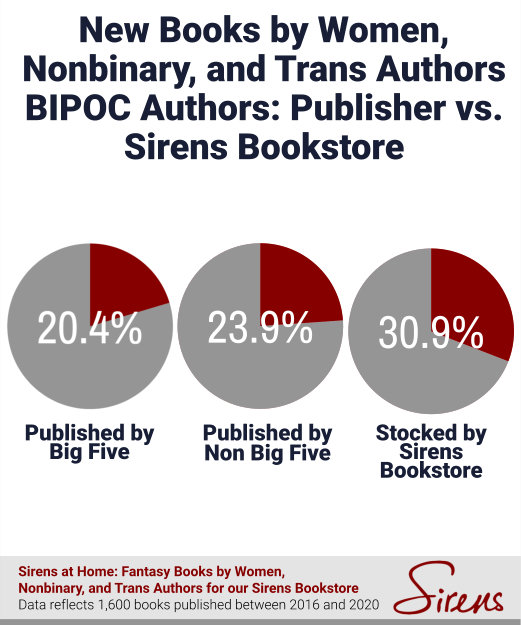
Conclusions
Over the past five years, we have observed—truly, with our imperfect data—that publishers of speculative fiction have indeed published more LGBTQIAP+ and BIPOC new voices, even if the increases are slight and a small piece of the overall publishing landscape befitting our criteria. These are our takeaways:
- The increase has primarily been 2019 to 2020, with a 5% jump for LGBTQIAP+ voices and a 9% jump for BIPOC voices. There are many possible explanations for this, with 2020 being a singular year in several respects: the COVID-19 pandemic, social movements supporting Black Lives Matter and transgender individuals, and one of the most fraught election years in U.S. history. We can deduce—loosely—that while fewer books were published from 2019 to 2020, a greater percentage of the books that were published were authored by LGBTQIAP+ and BIPOC voices. This is a trend worth noting, but at Sirens, we lament that it took this extraordinary set of circumstances to see these increases.
- Given that our LGBTQIAP+ and BIPOC data is publicly verified by authors, we also acknowledge that, in the 2020 literary landscape, more authors may have felt more comfortable publicly acknowledging and discussing these aspects of their identities, when they may not have previously.
- Even with these percentages, it is significant to note that out of all the new books we tracked by women, nonbinary, and trans authors from 2016-2020, two thirds of them—around 65%—were being written by cisgender, heterosexual white women. Only in 2020 has that percentage come down to 55%.
- Big Five publishers—Hachette, HarperCollins, Macmillan, Penguin Random House, and Simon & Schuster—are slightly below LGBTQIAP+ and BIPOC percentages than non-Big Five publishers, around 4.1% and 3.5% respectively. We can’t say this is statistically significant, but we can say…
- In the Sirens bookstore, we do our best to provide a larger selection of books relating to gender in speculative fiction by marginalized creators. Out of the 1,600 books we tracked in this dataset, we would have stocked over 1,000 of them in this year’s Sirens bookstore—and of those 1,000 titles, 25.0% would have been by LGBTQIAP+ authors, and 30.9% would have been by BIPOC authors. Given that some creators of course identify as both LGBTQIAP+ and BIPOC, 48% of those 1,000 works that we would have stocked—or nearly 500 titles—would have been by creators who identify as LGBTQIAP+, BIPOC, or both. (And as a reminder, our bookstore would have stocked over 2,000 titles in total this year!)
Sirens is a conference on gender in fantasy literature, presented by Narrate Conferences, Inc., a 501(c)(3) charitable organization. If you appreciated this analysis or support our mission of discussing and celebrating gender diversity in speculative spaces, and you are able, please consider making a monetary donation here.
Sirens at Home is holding a virtual Books and Tea on Saturday, October 24 at 4:00 p.m. Mountain Time (6:00 p.m. Eastern Time) with some of our bookstore staff, who will share books they love and books they’re excited to read. Please learn more about Sirens at Home here, and register to receive your event links via Zoom.
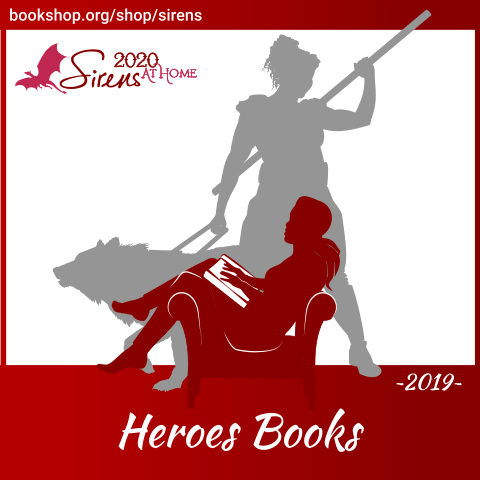
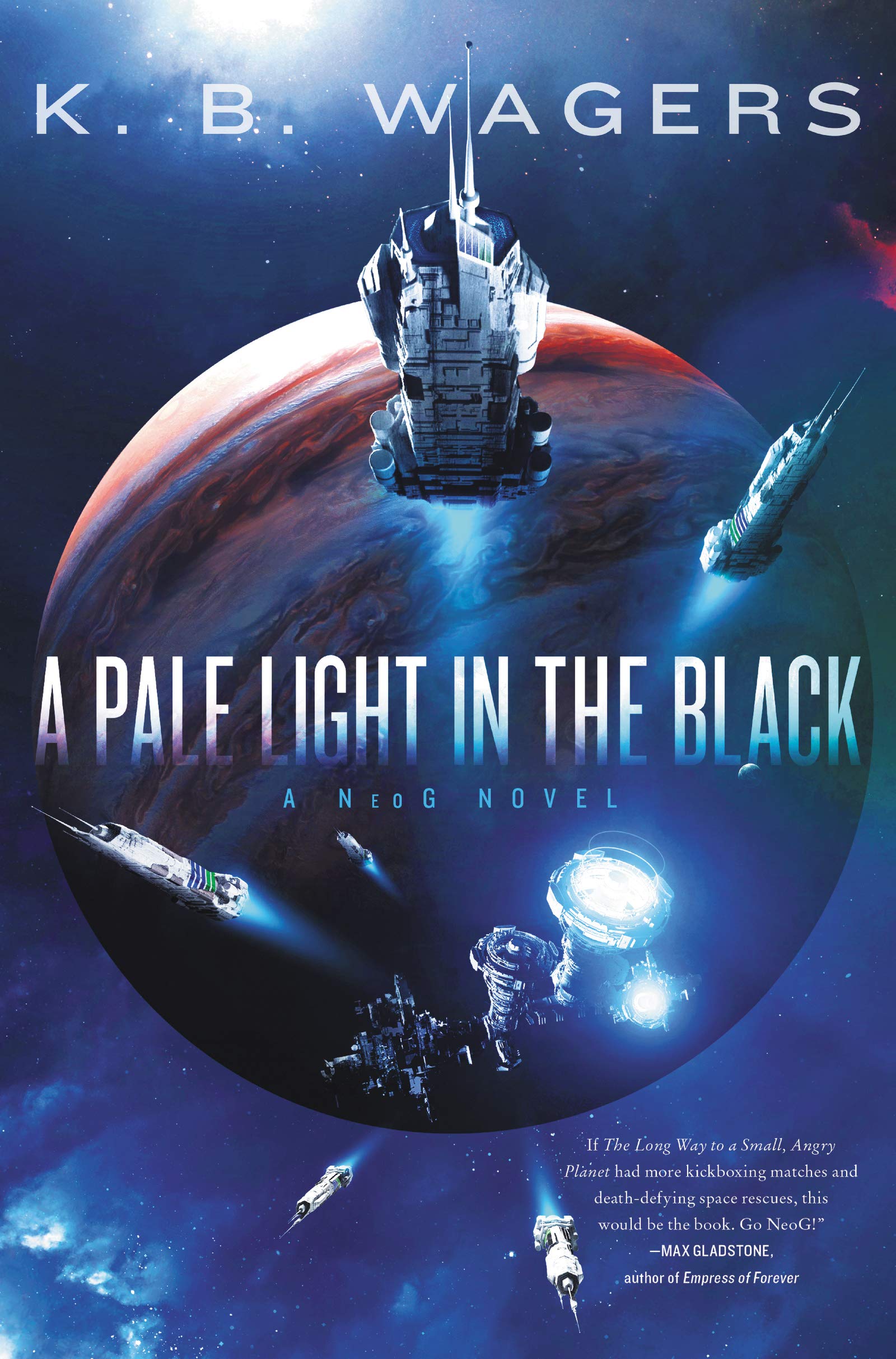
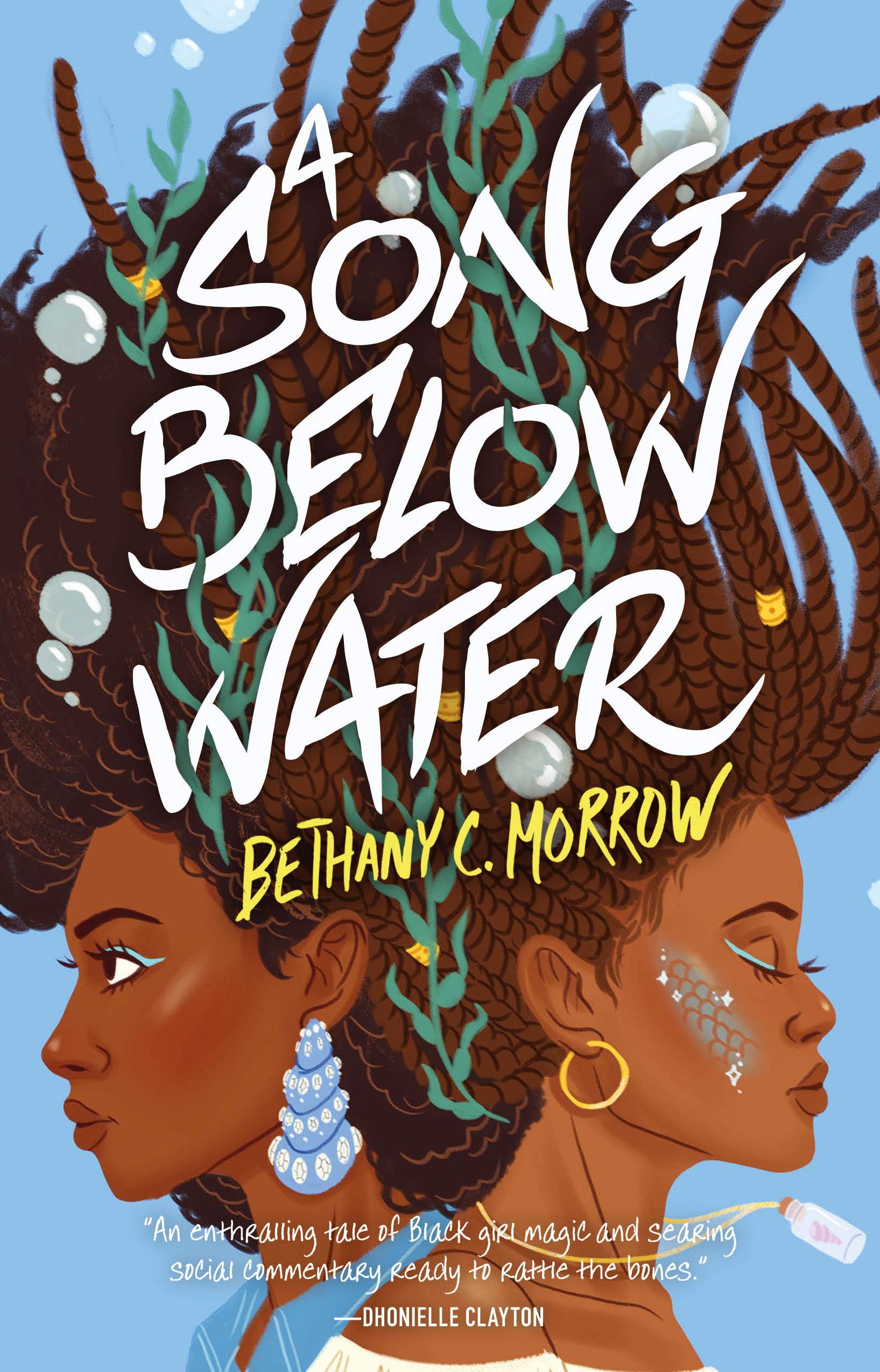
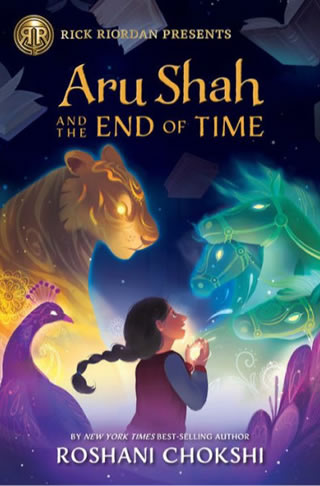
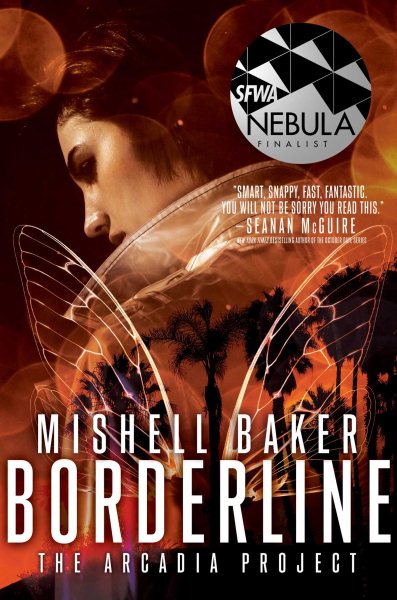
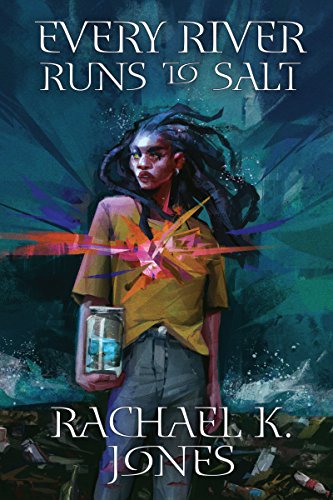
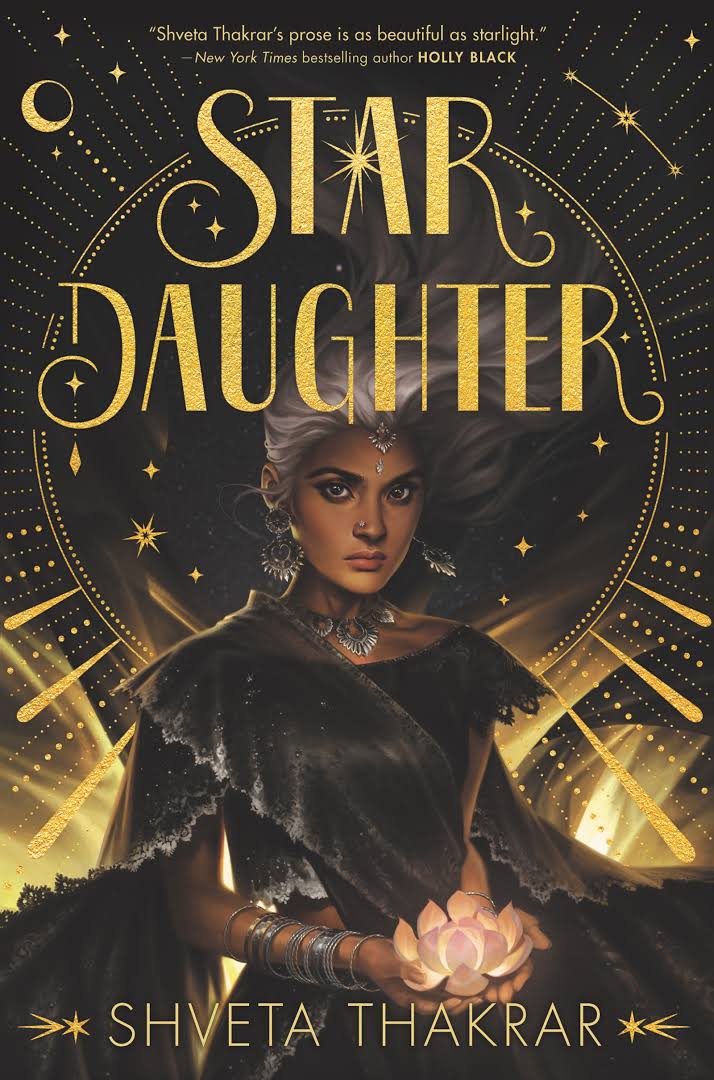
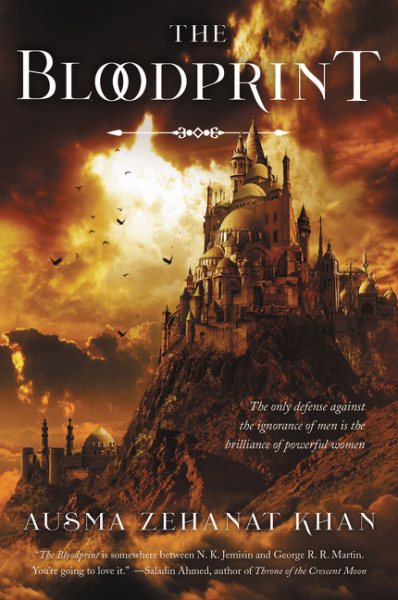
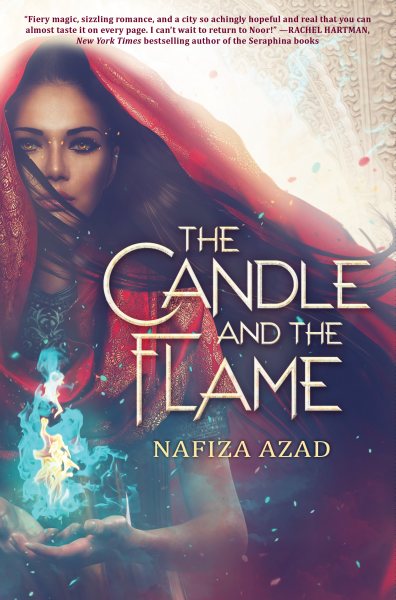
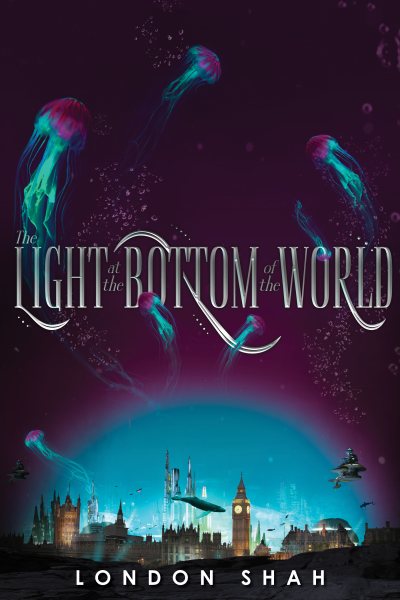
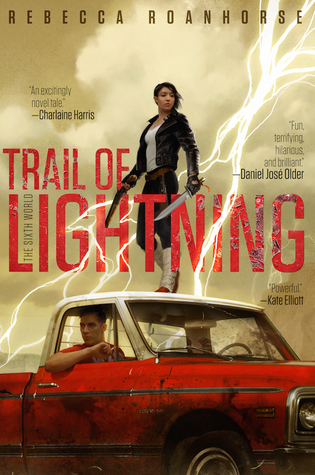




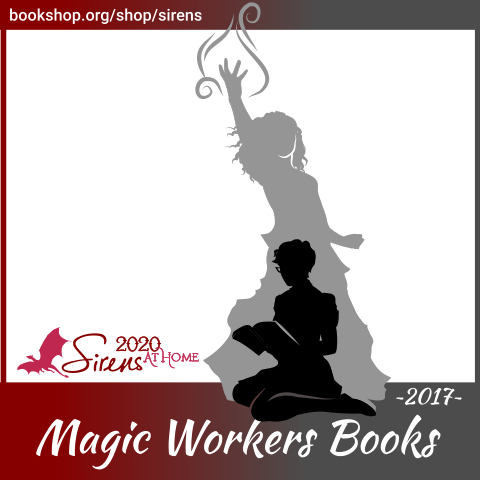
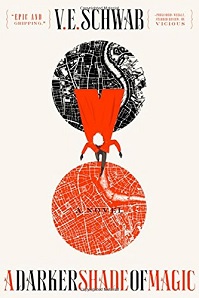
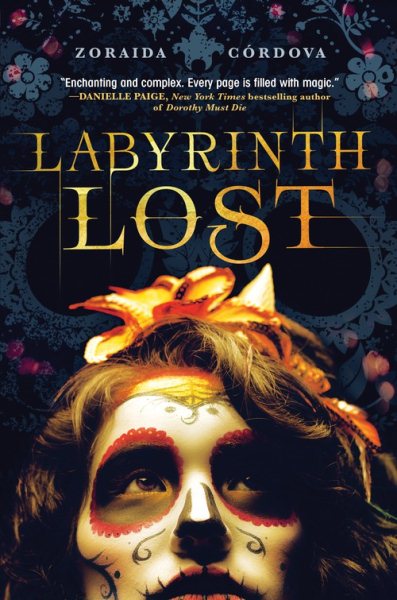
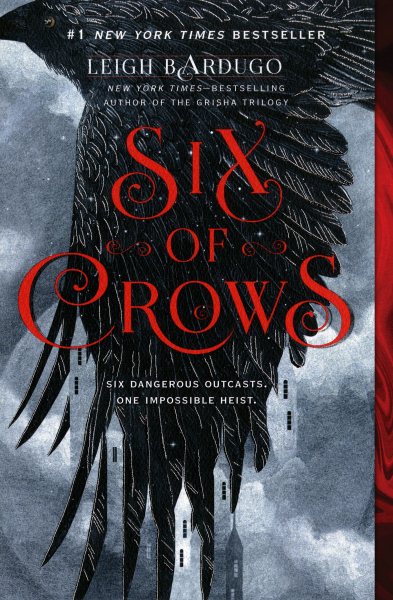
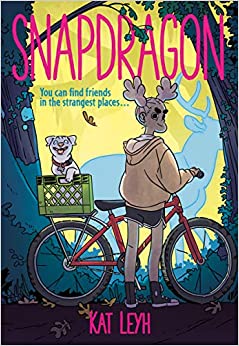
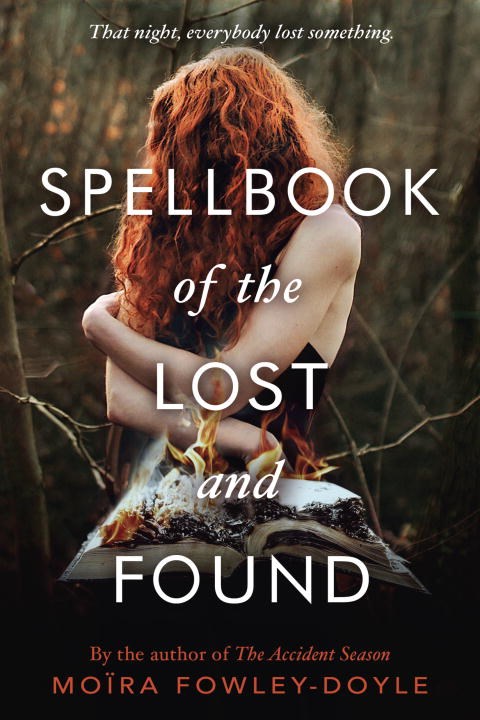
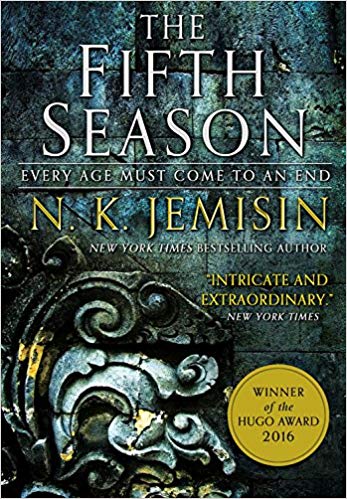
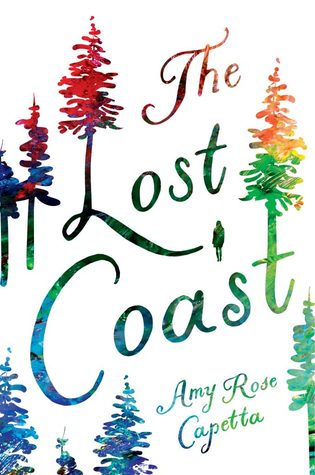
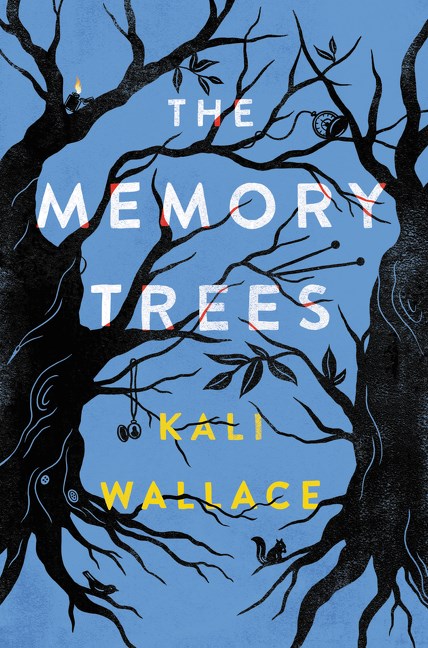
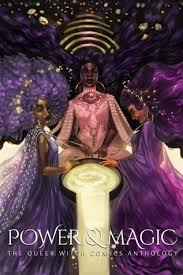
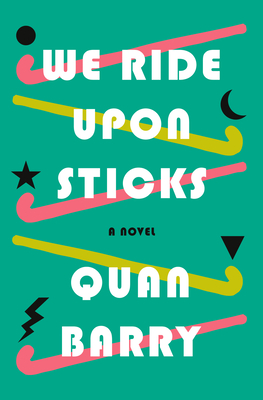

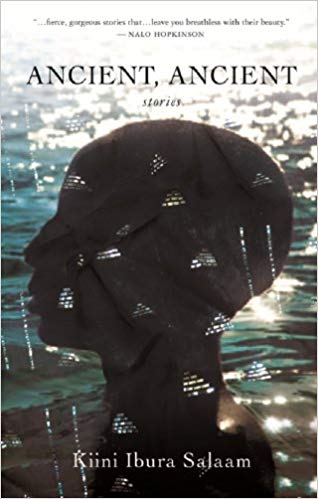
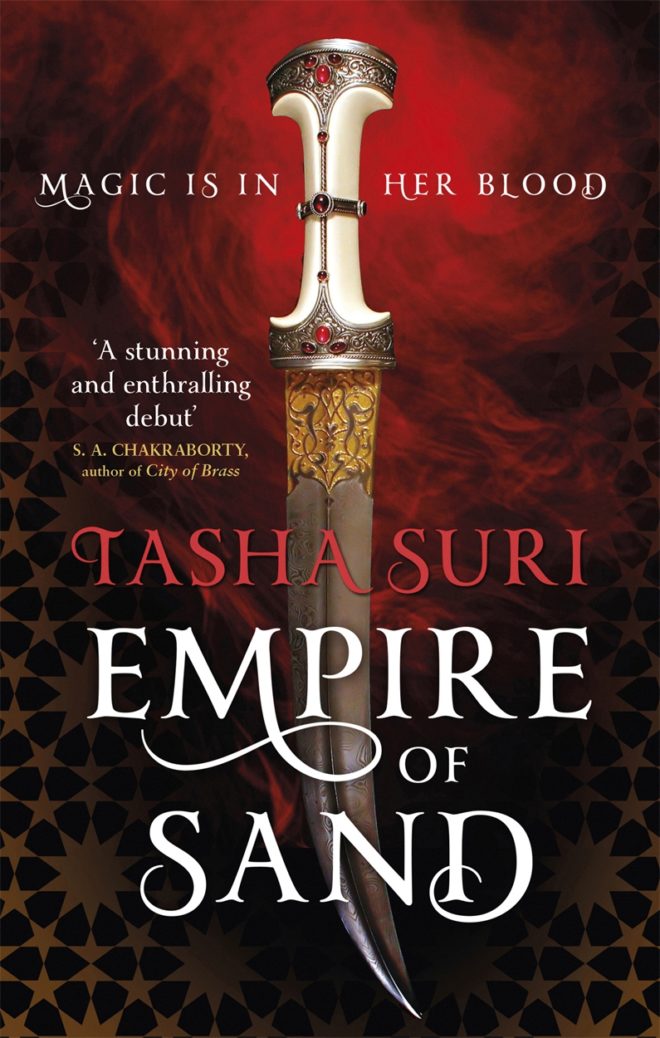
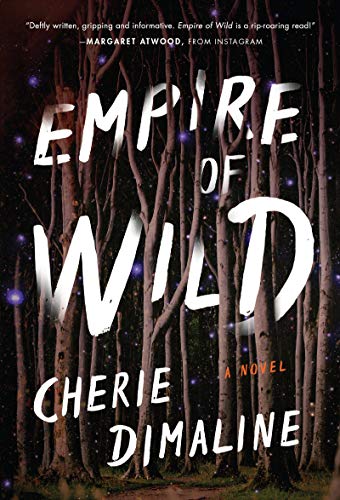
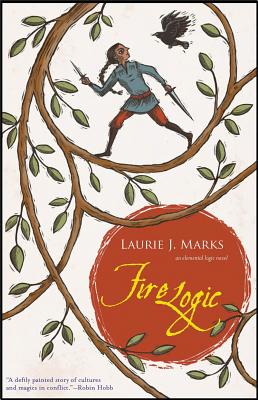
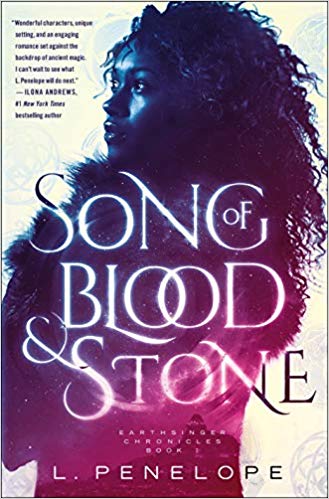
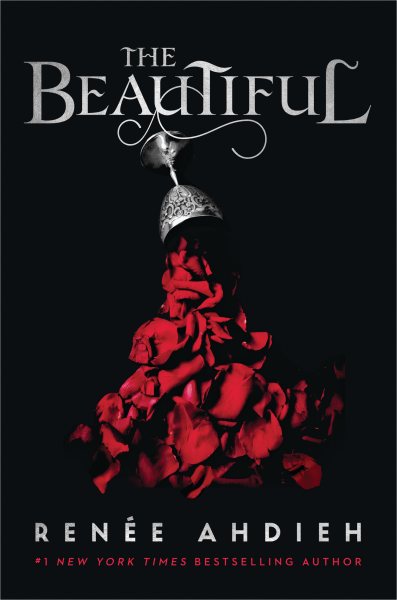
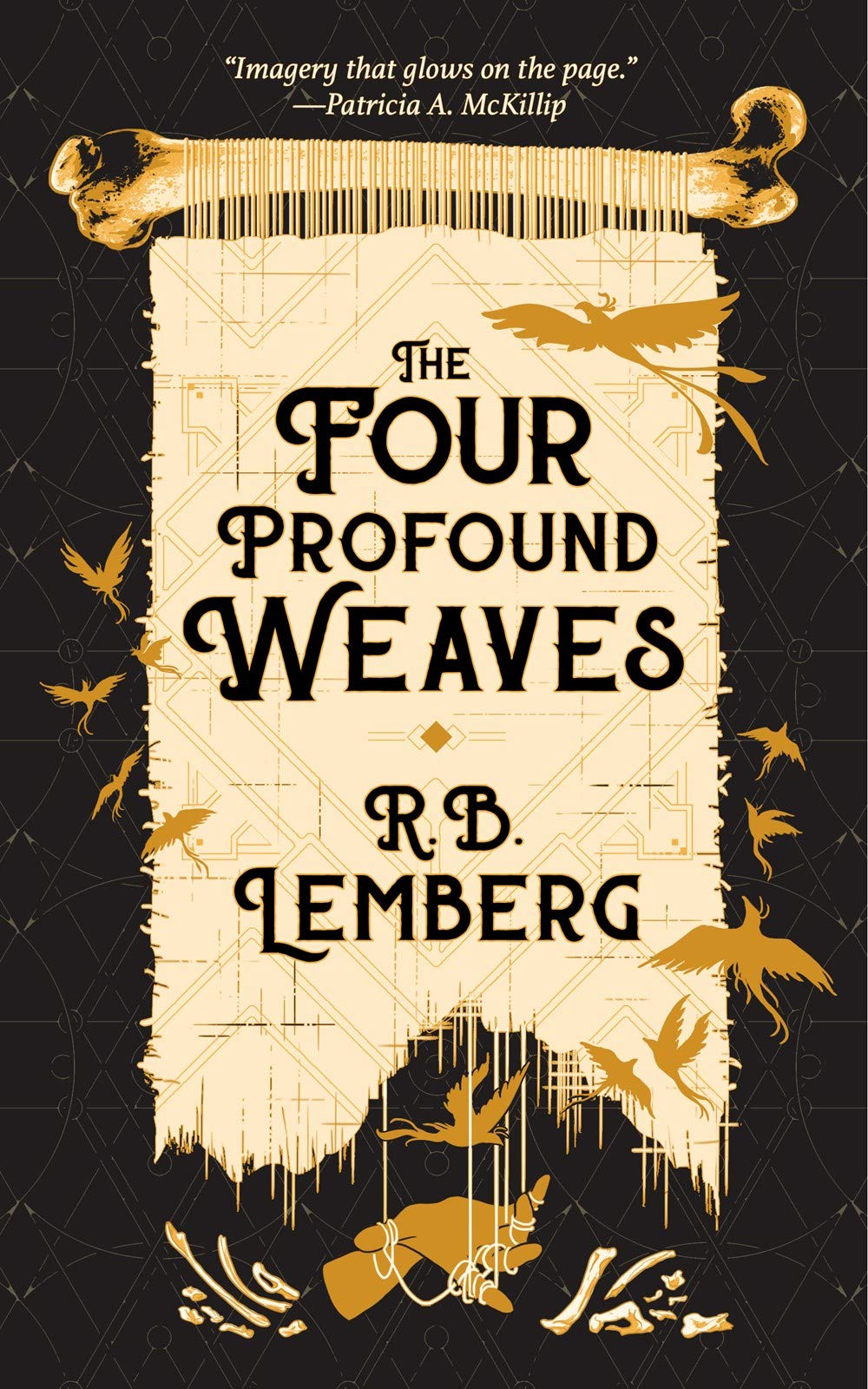
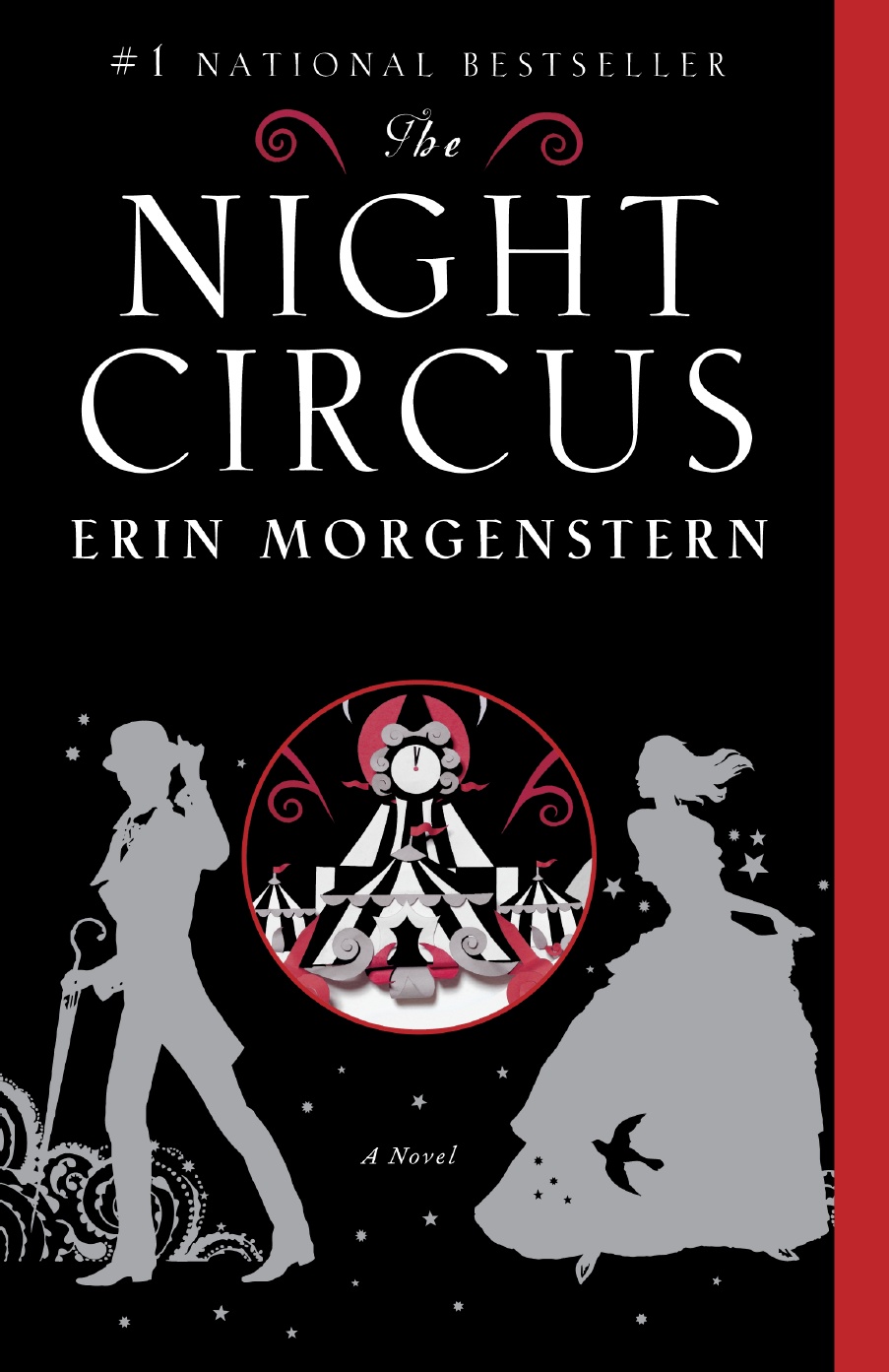
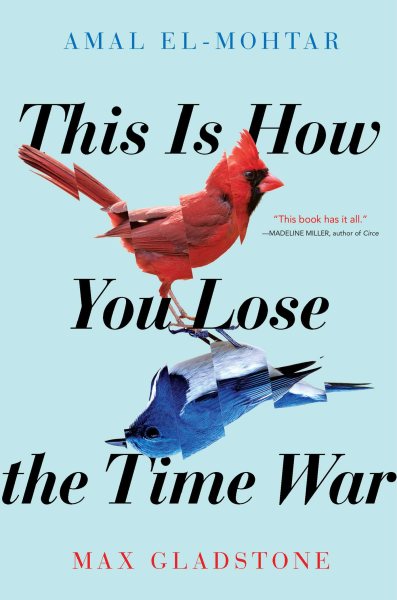
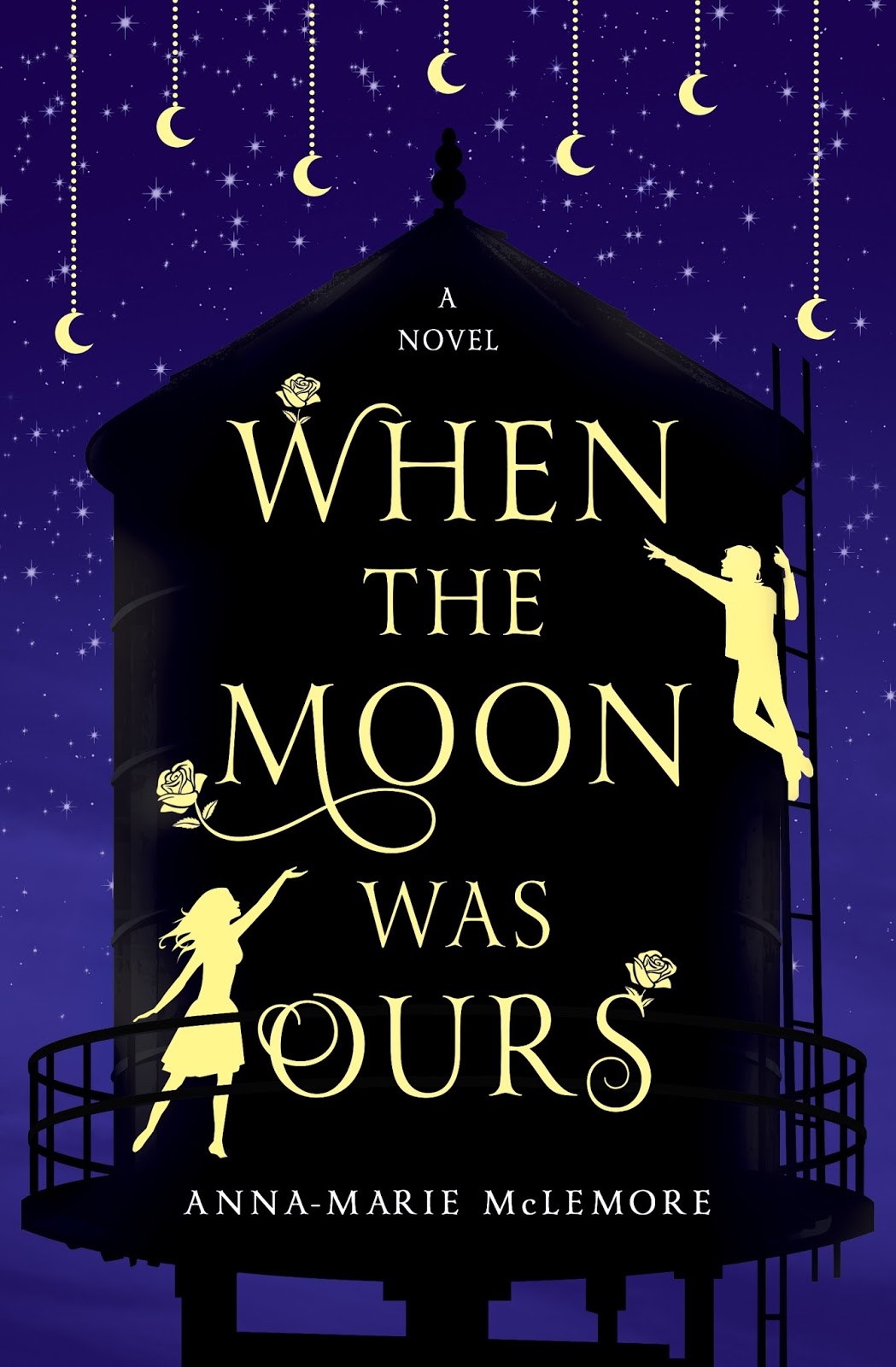
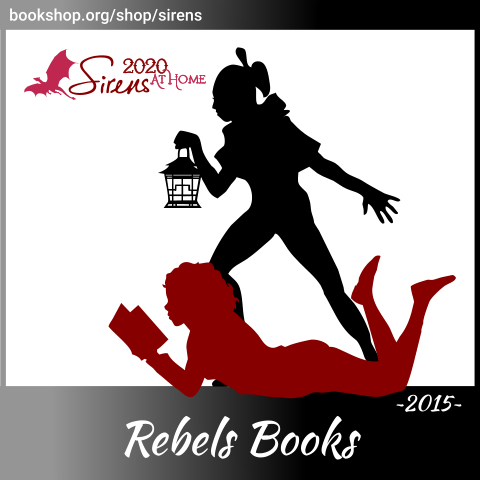
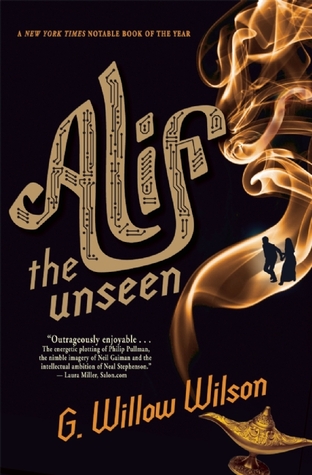
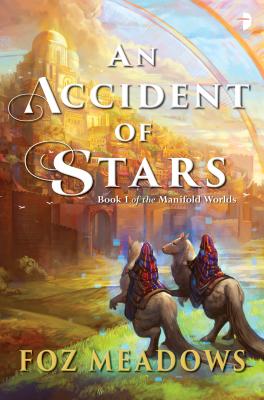
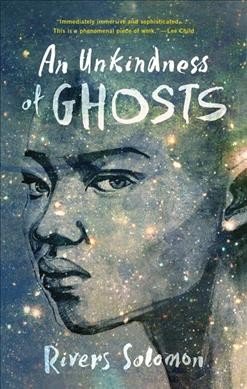
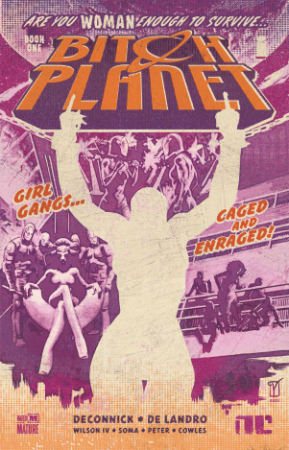
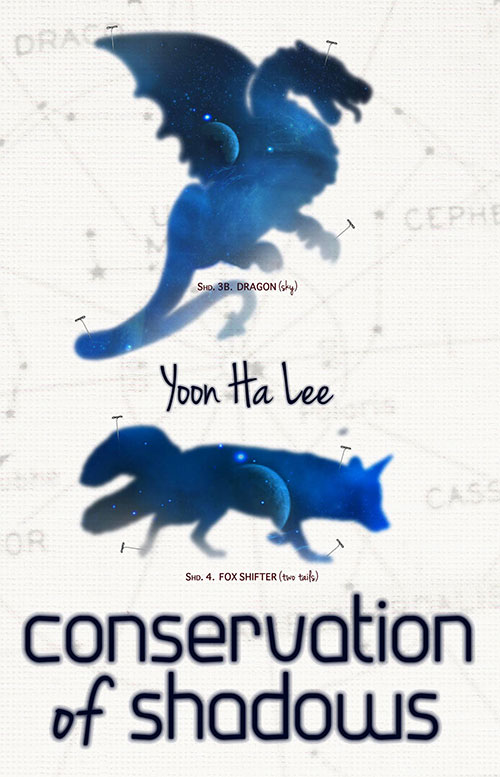
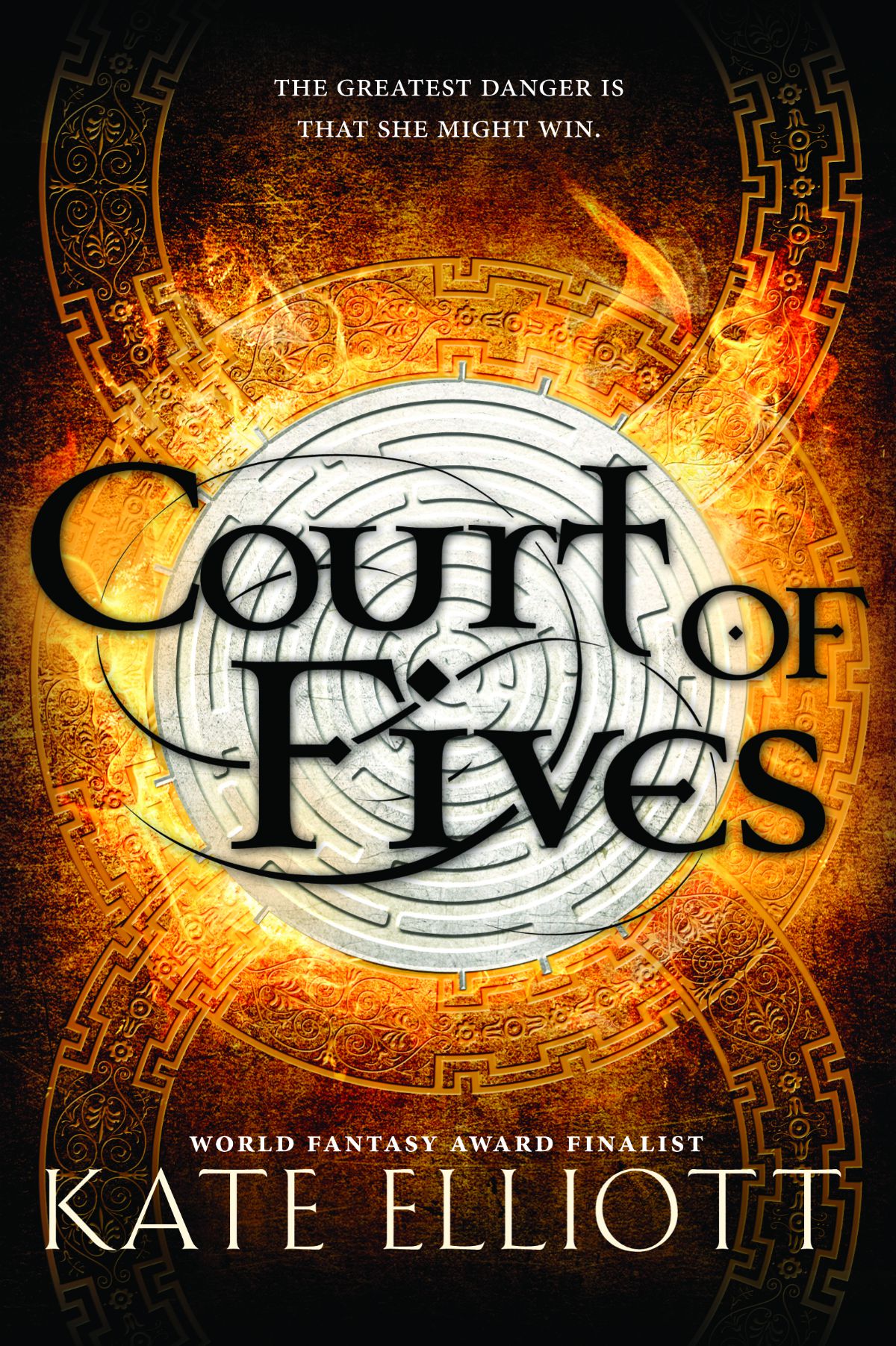
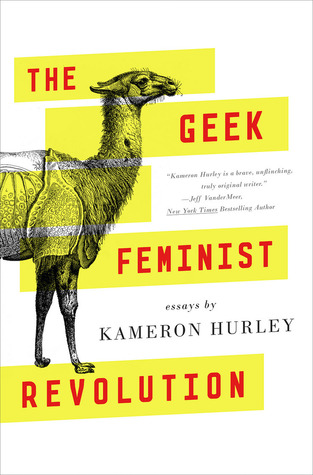
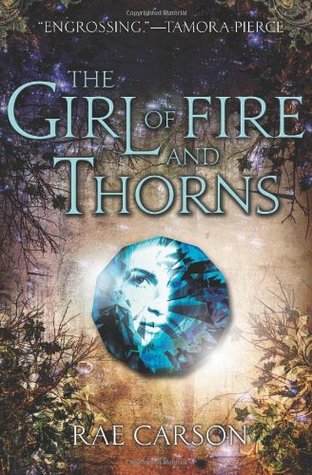
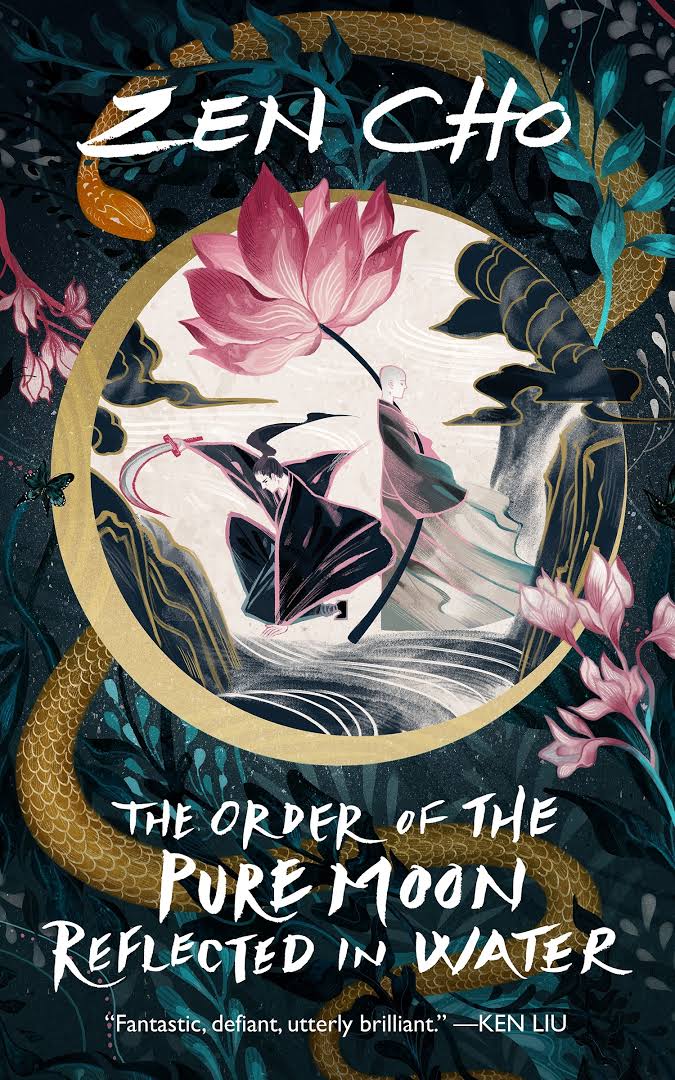
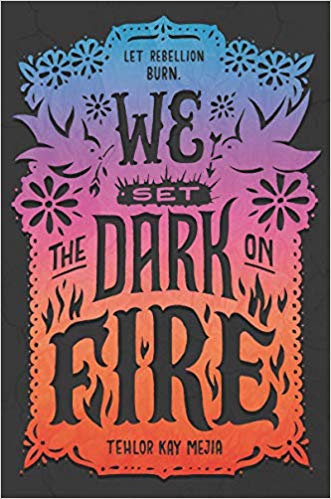
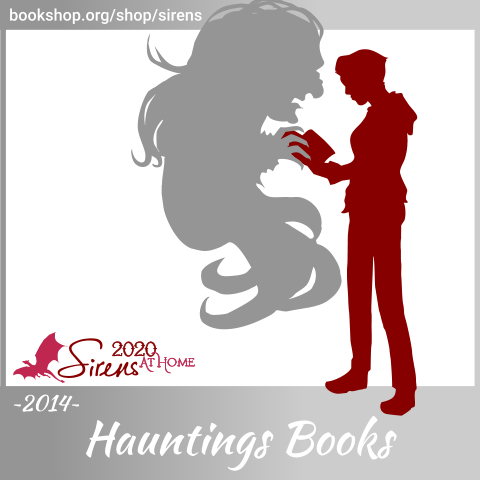
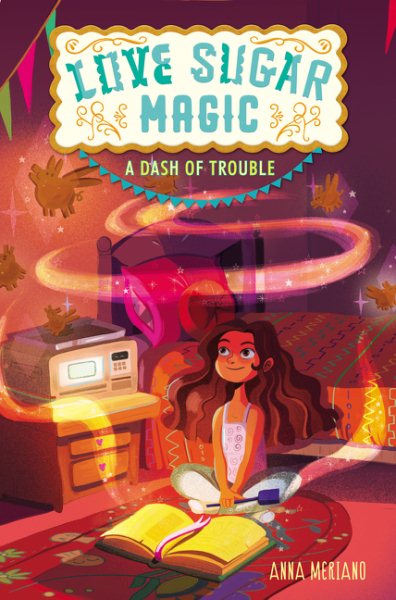
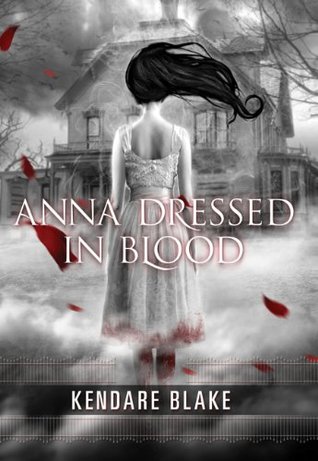
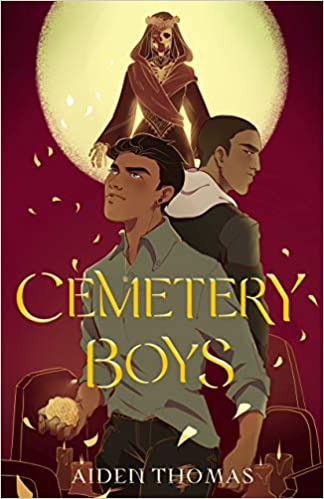
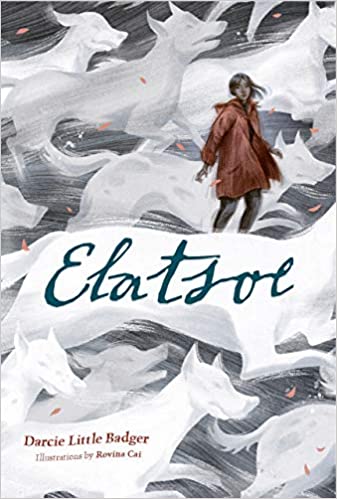
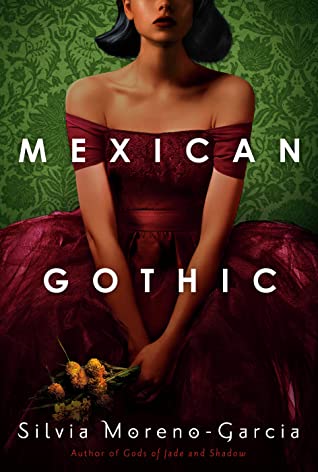
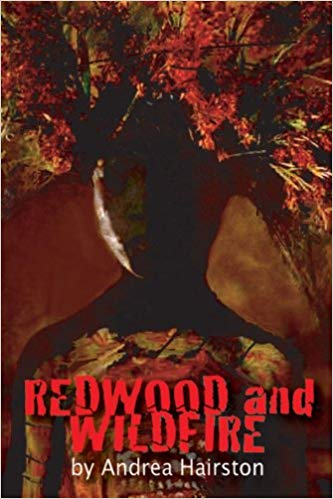
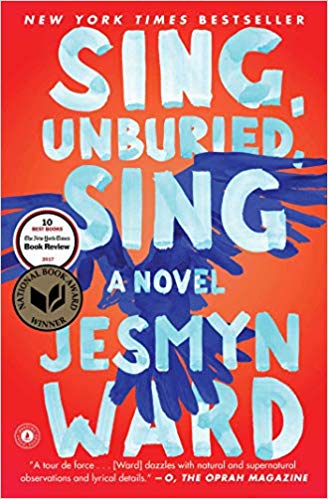
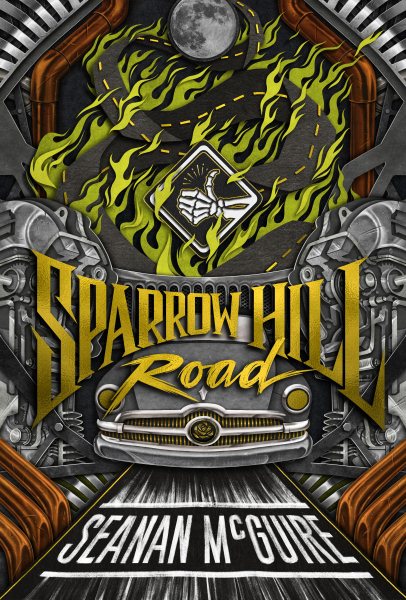
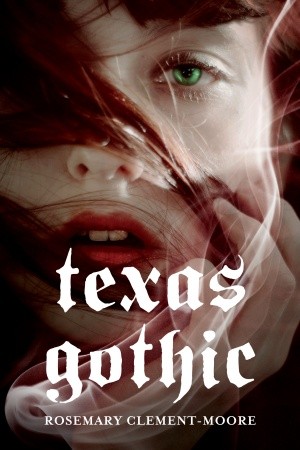
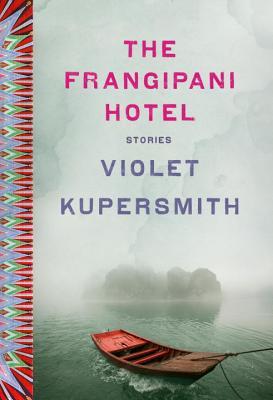
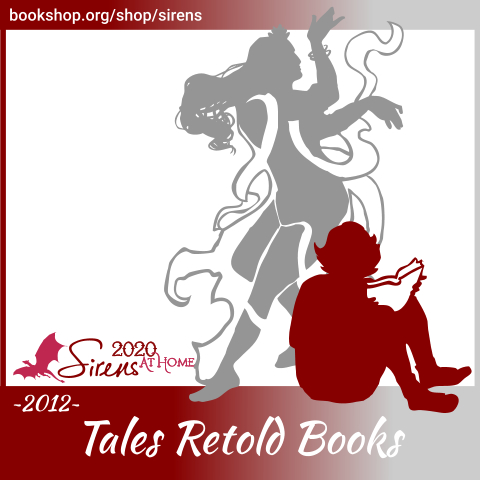
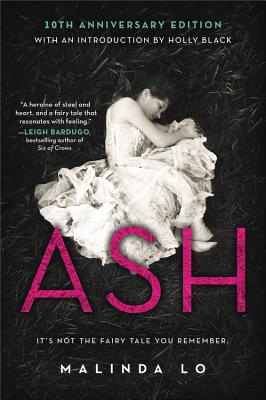
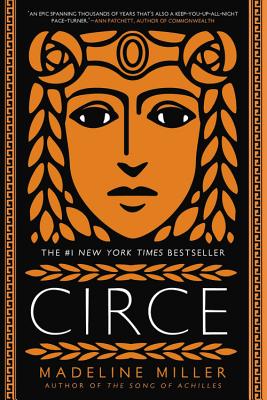
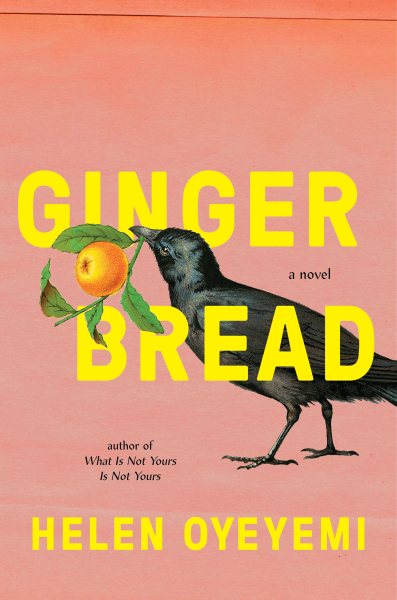
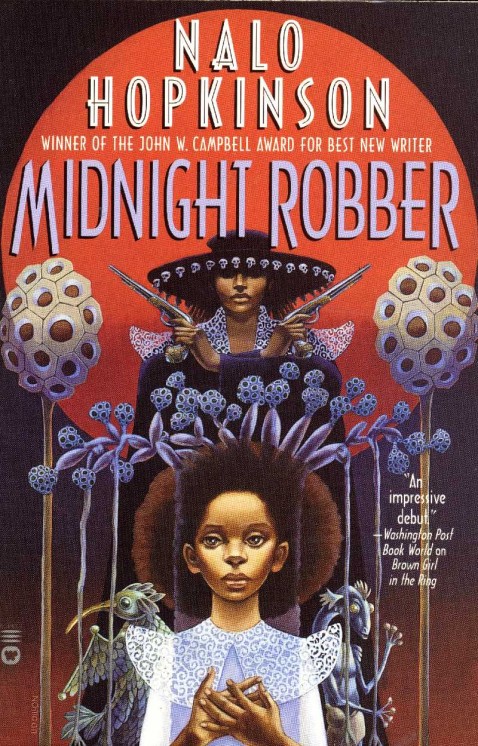
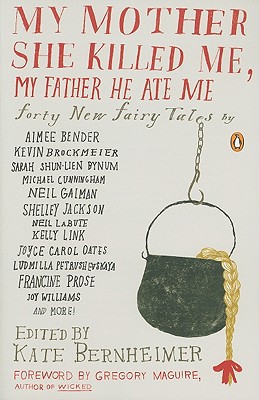
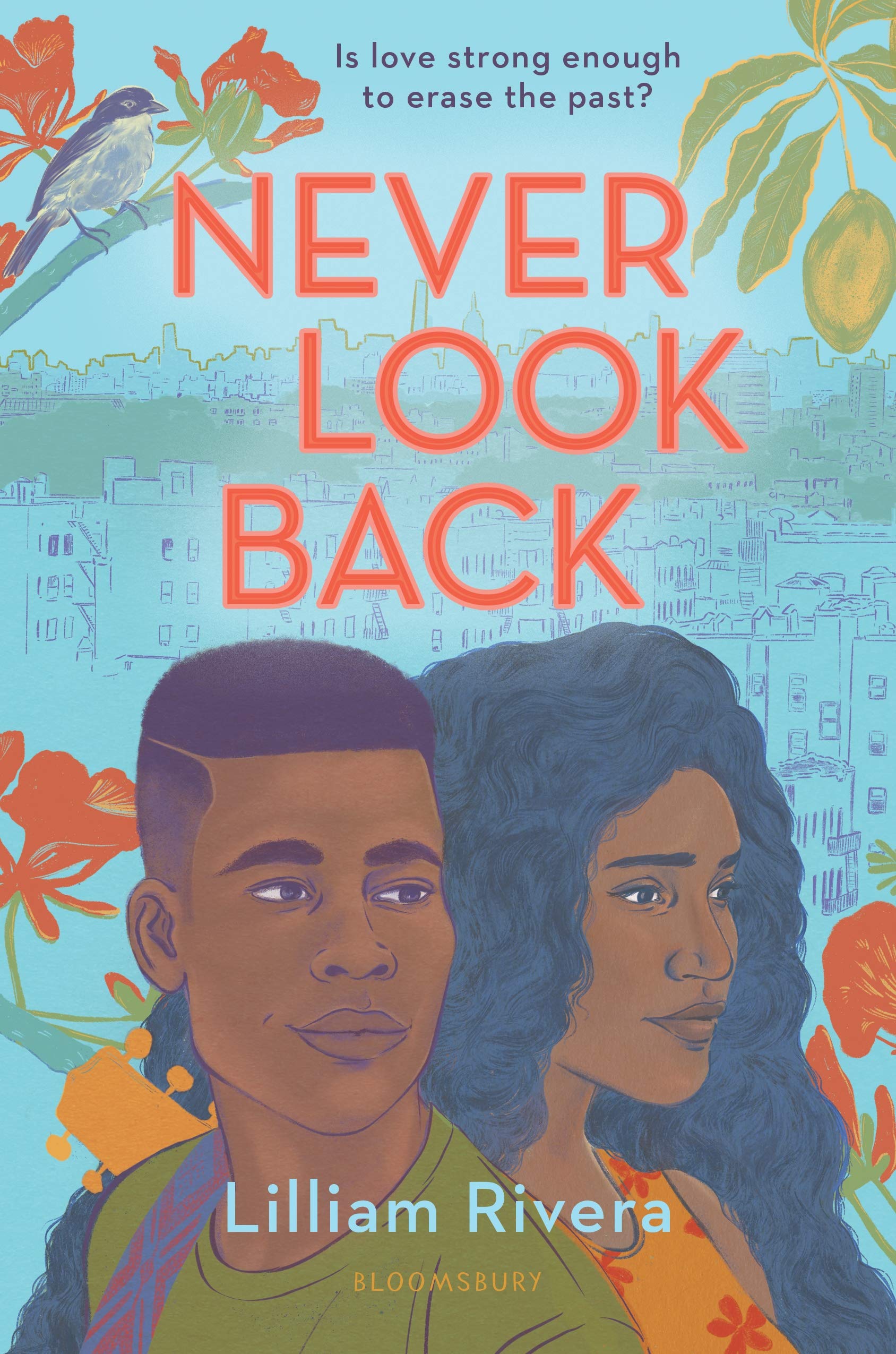
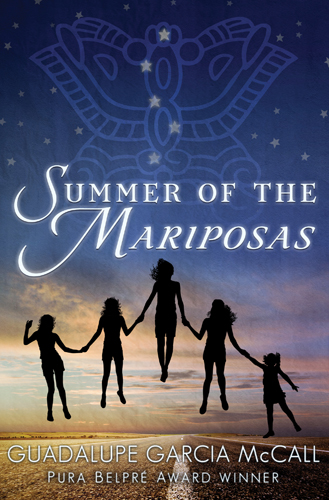
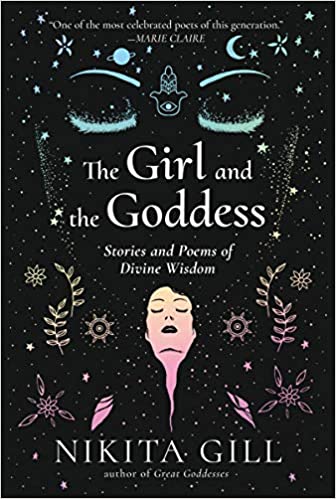
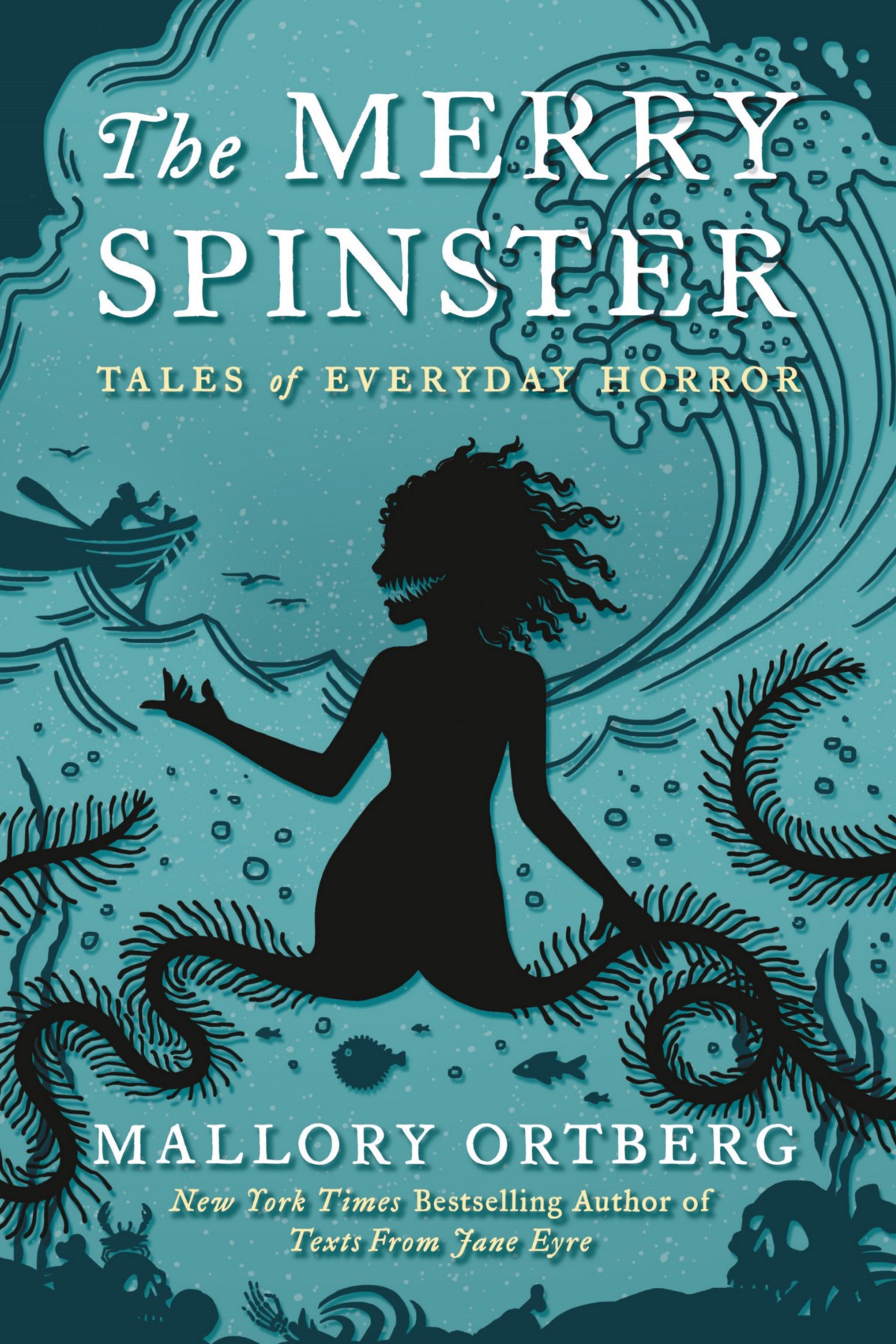
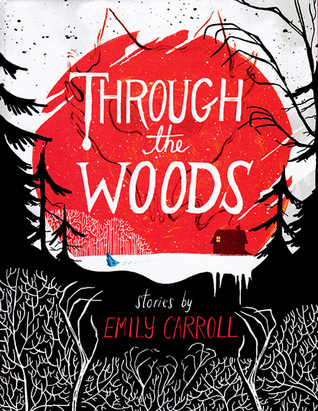
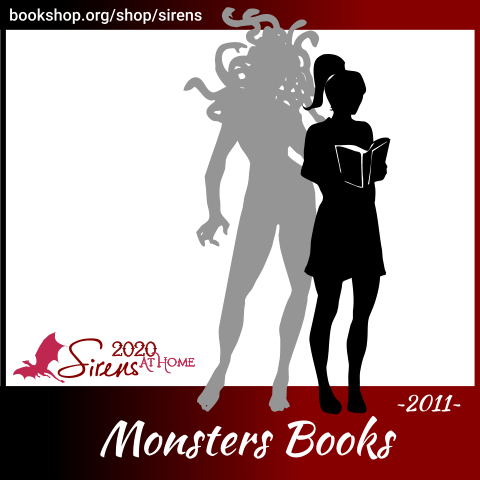
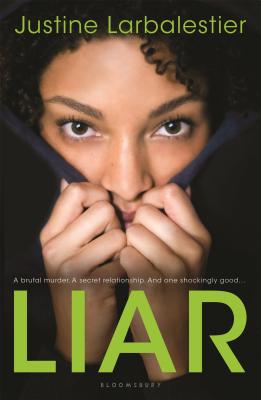
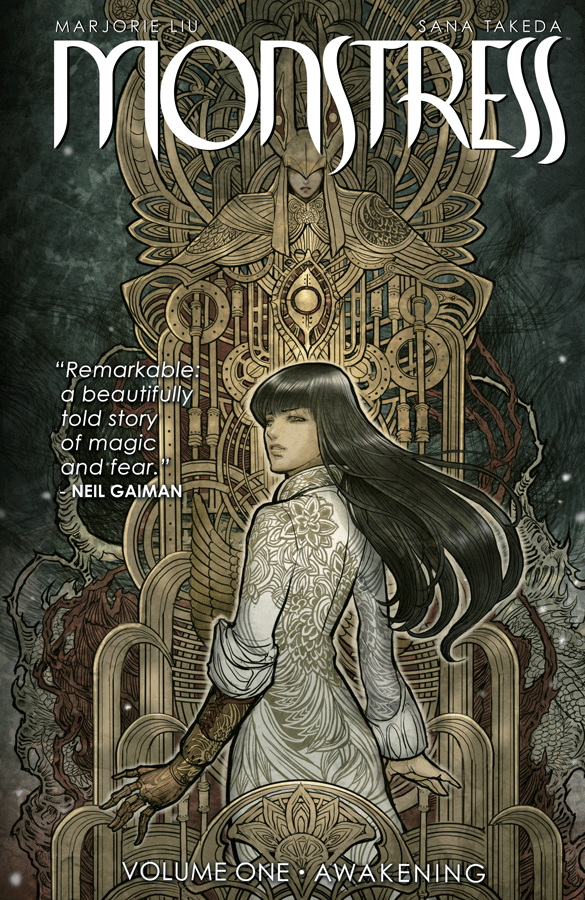
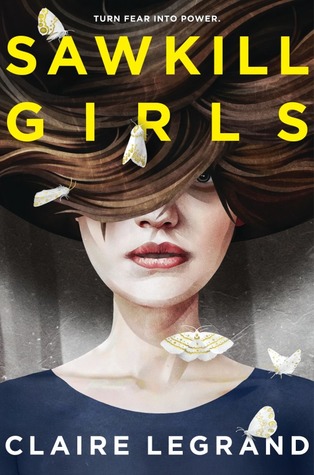
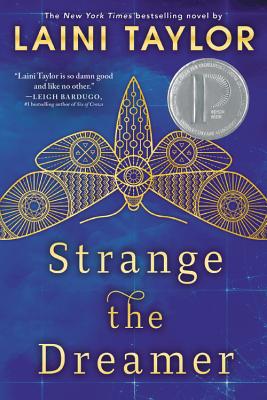
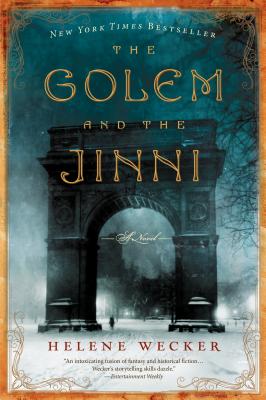
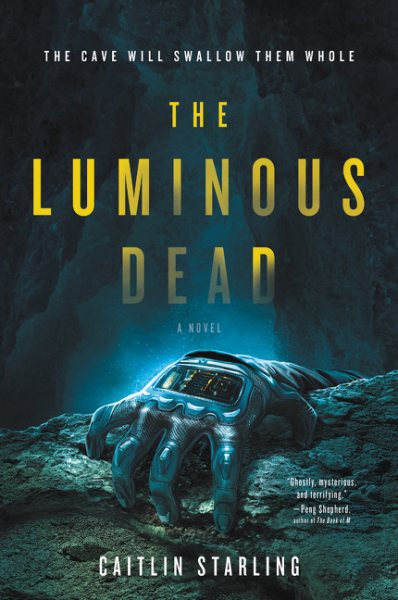
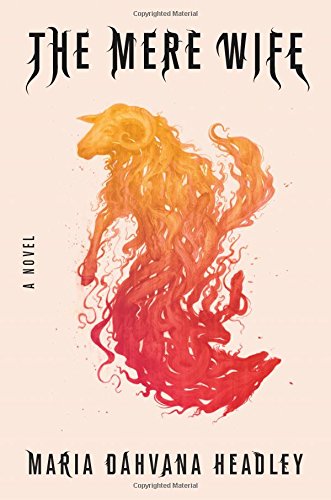
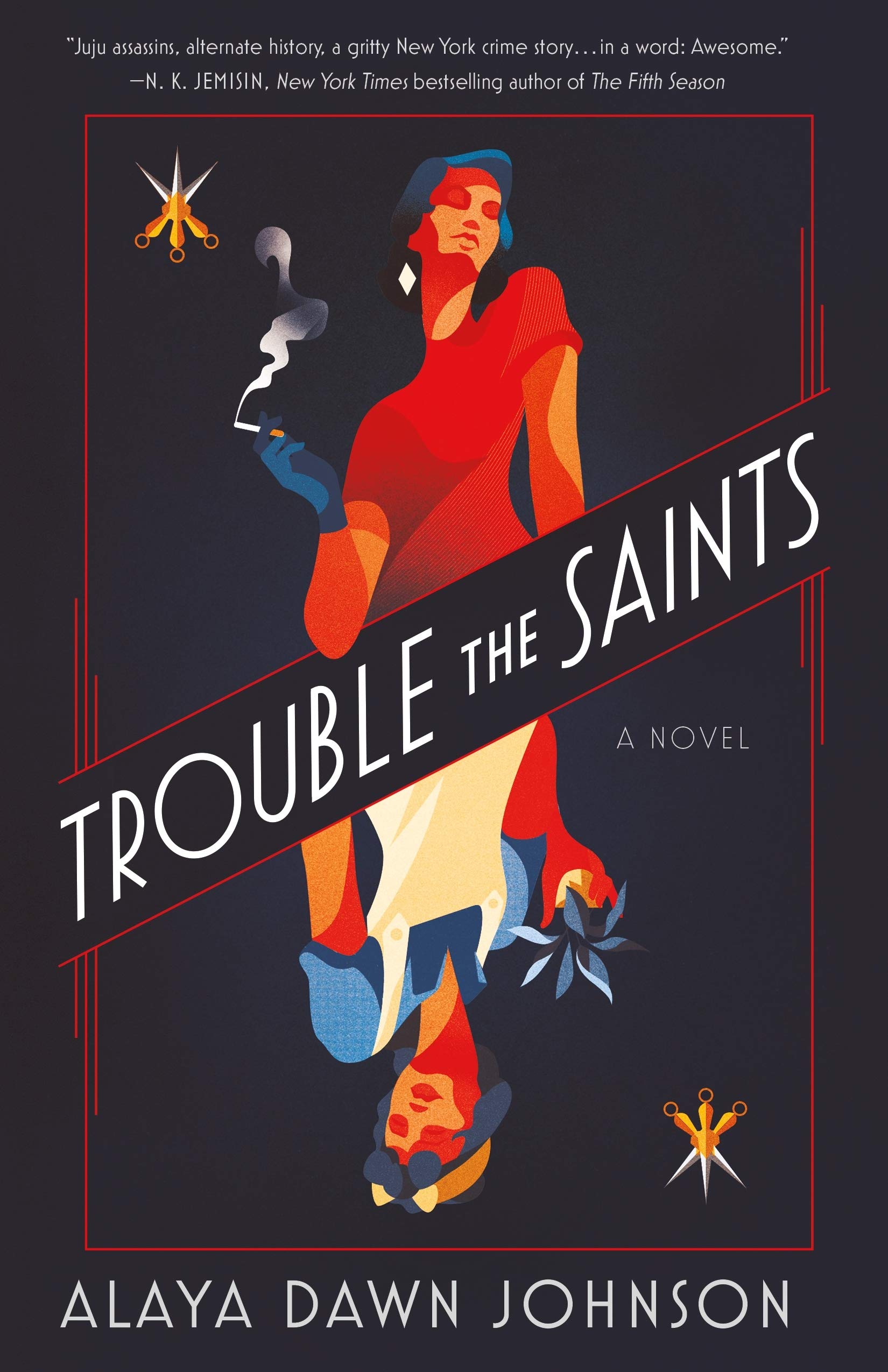
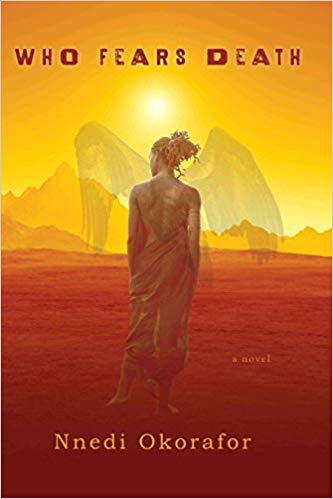
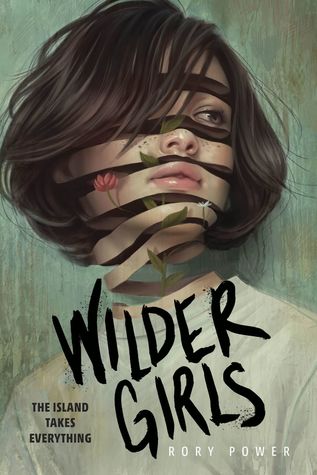
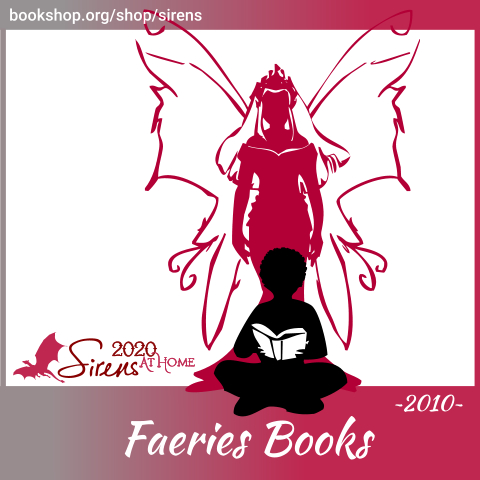
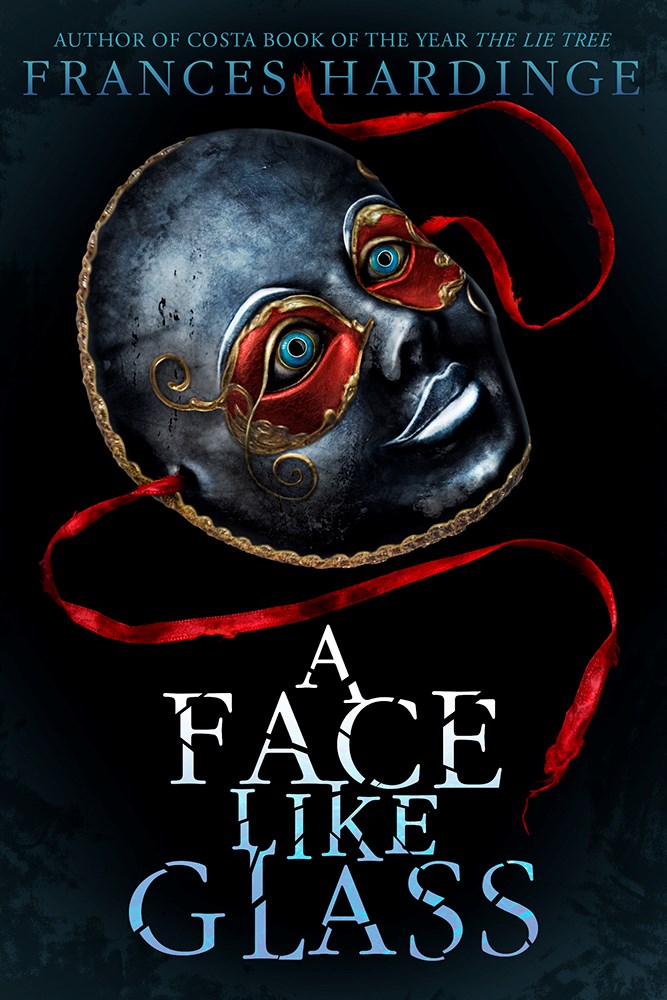
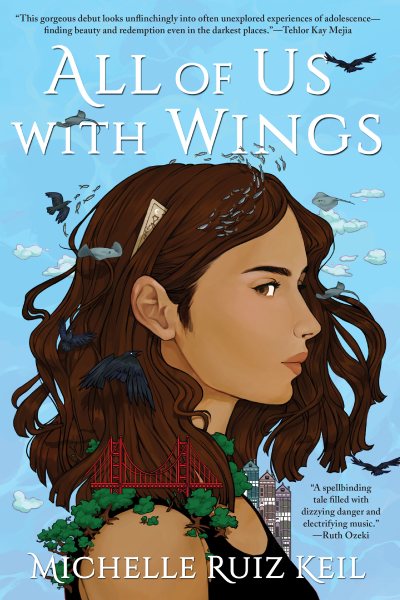
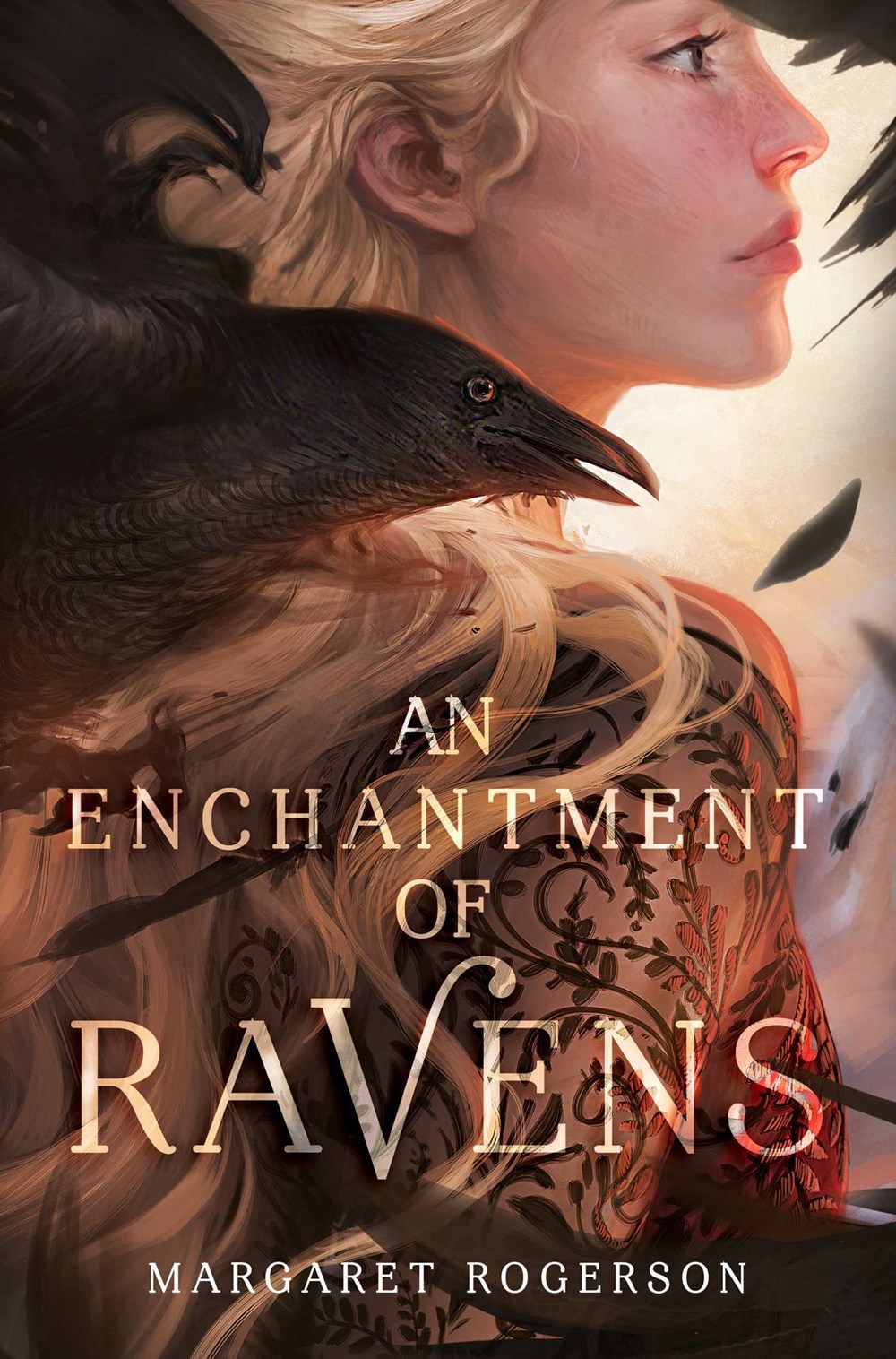
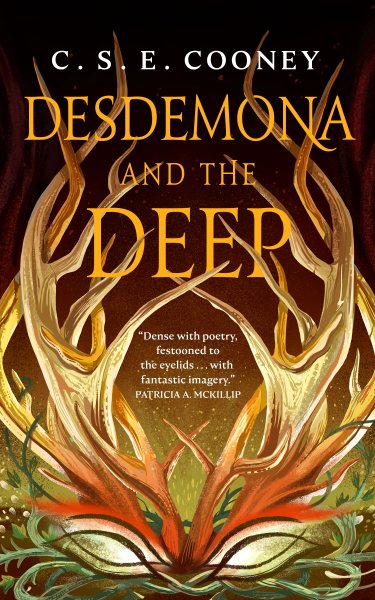
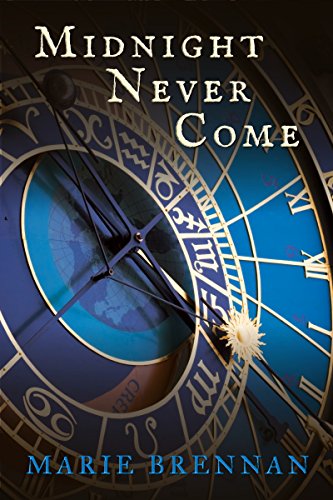
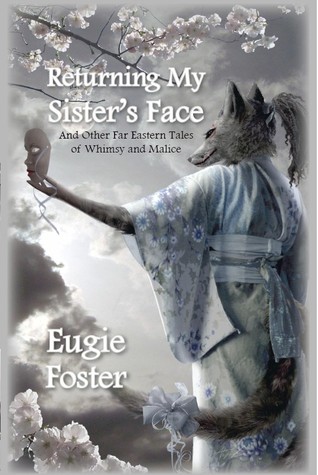
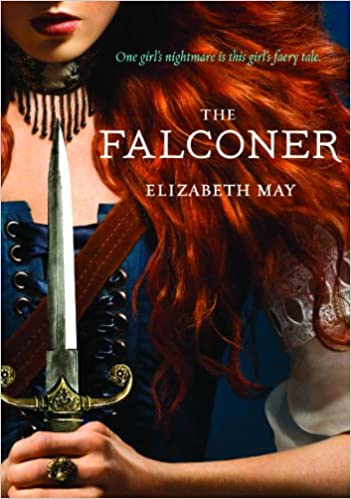
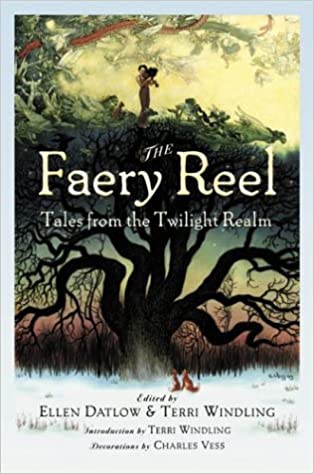
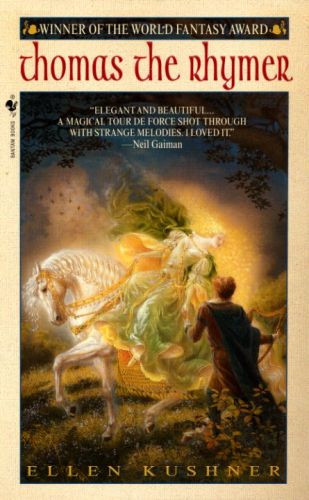
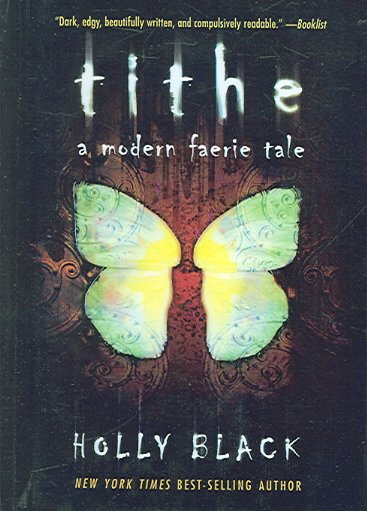

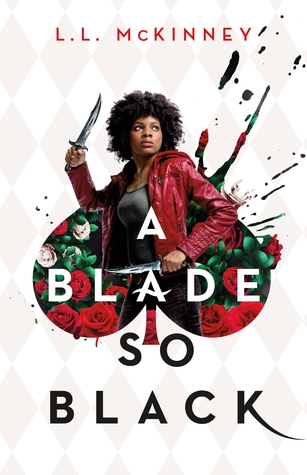
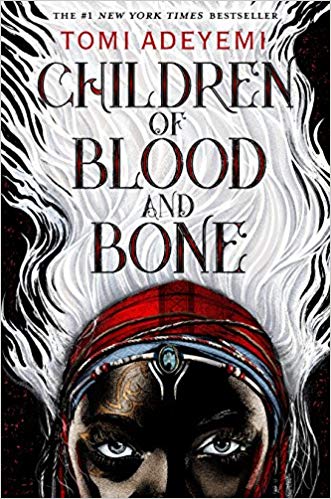
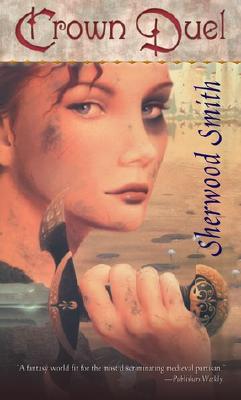
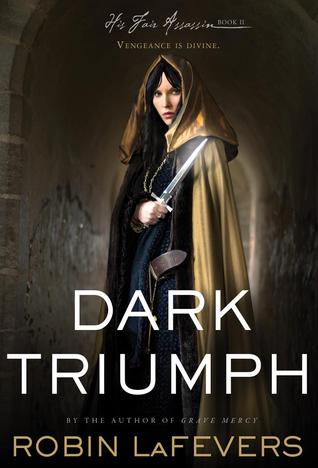
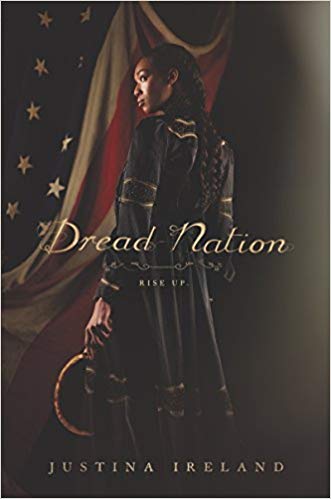
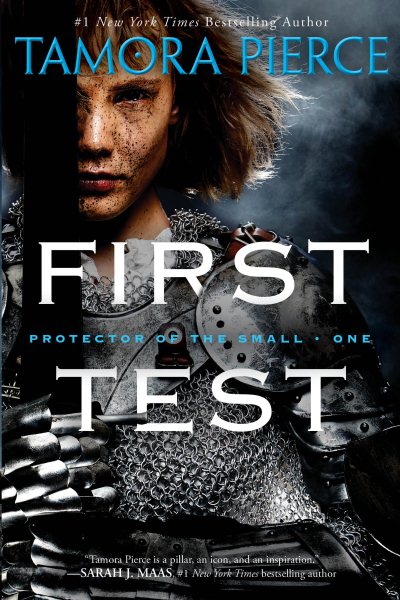
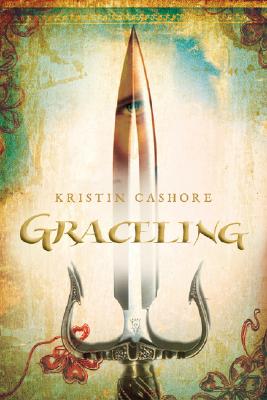
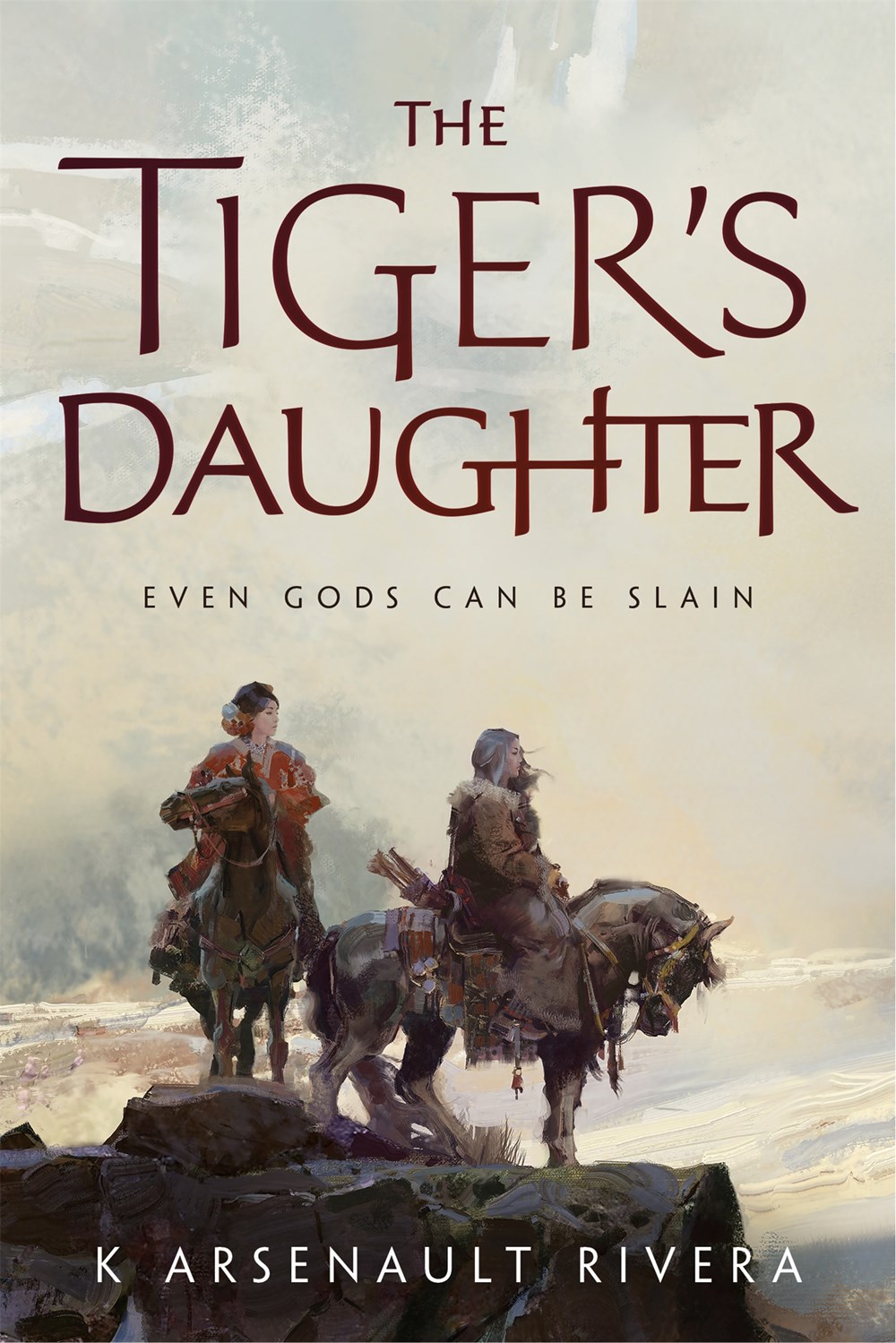
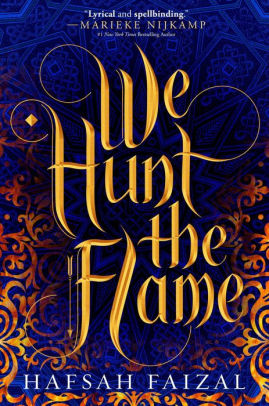
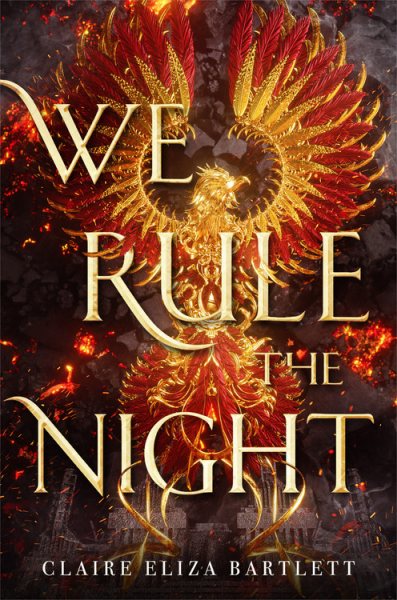
















Connect with the Sirens community
Sign up for the Sirens newsletter